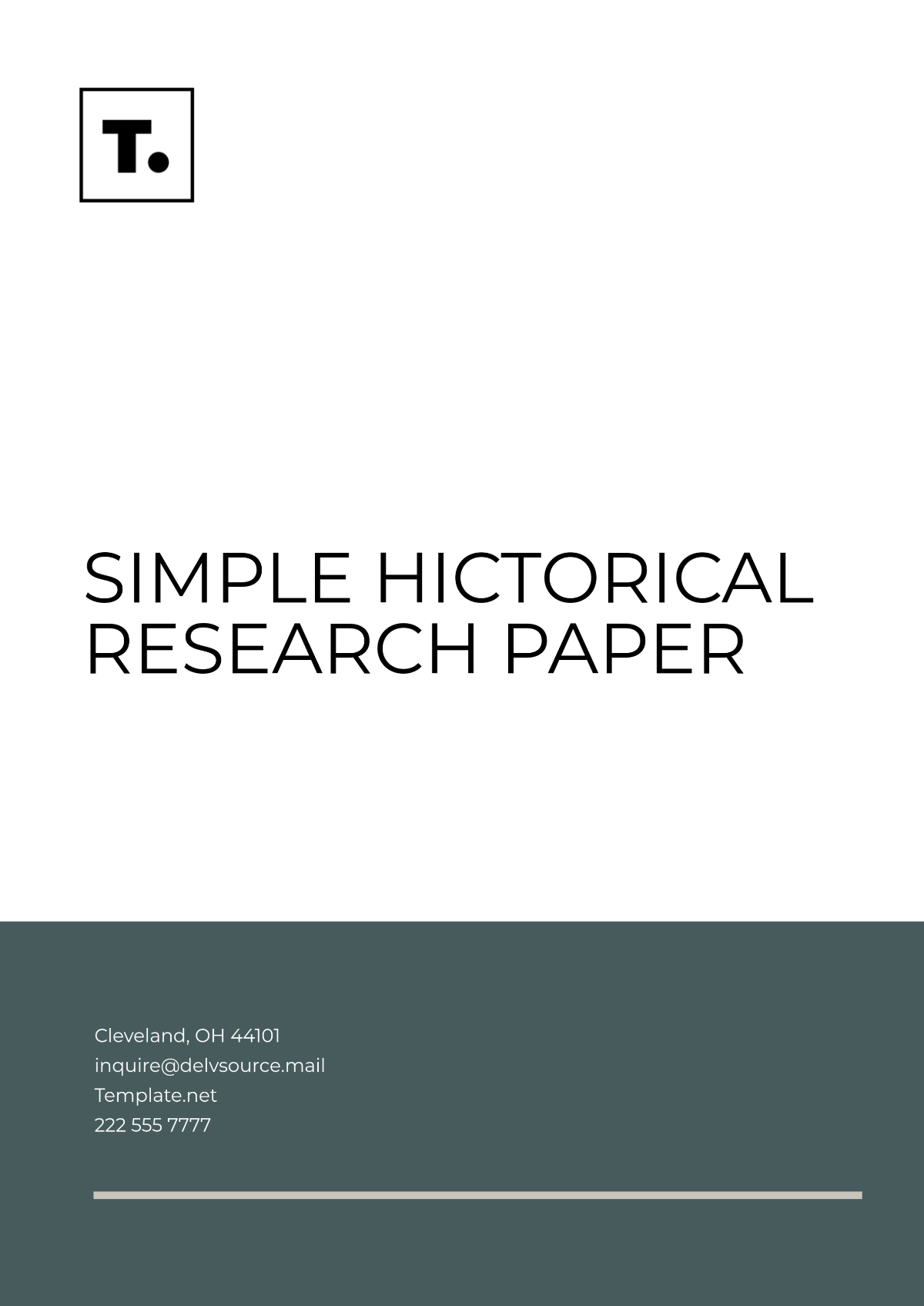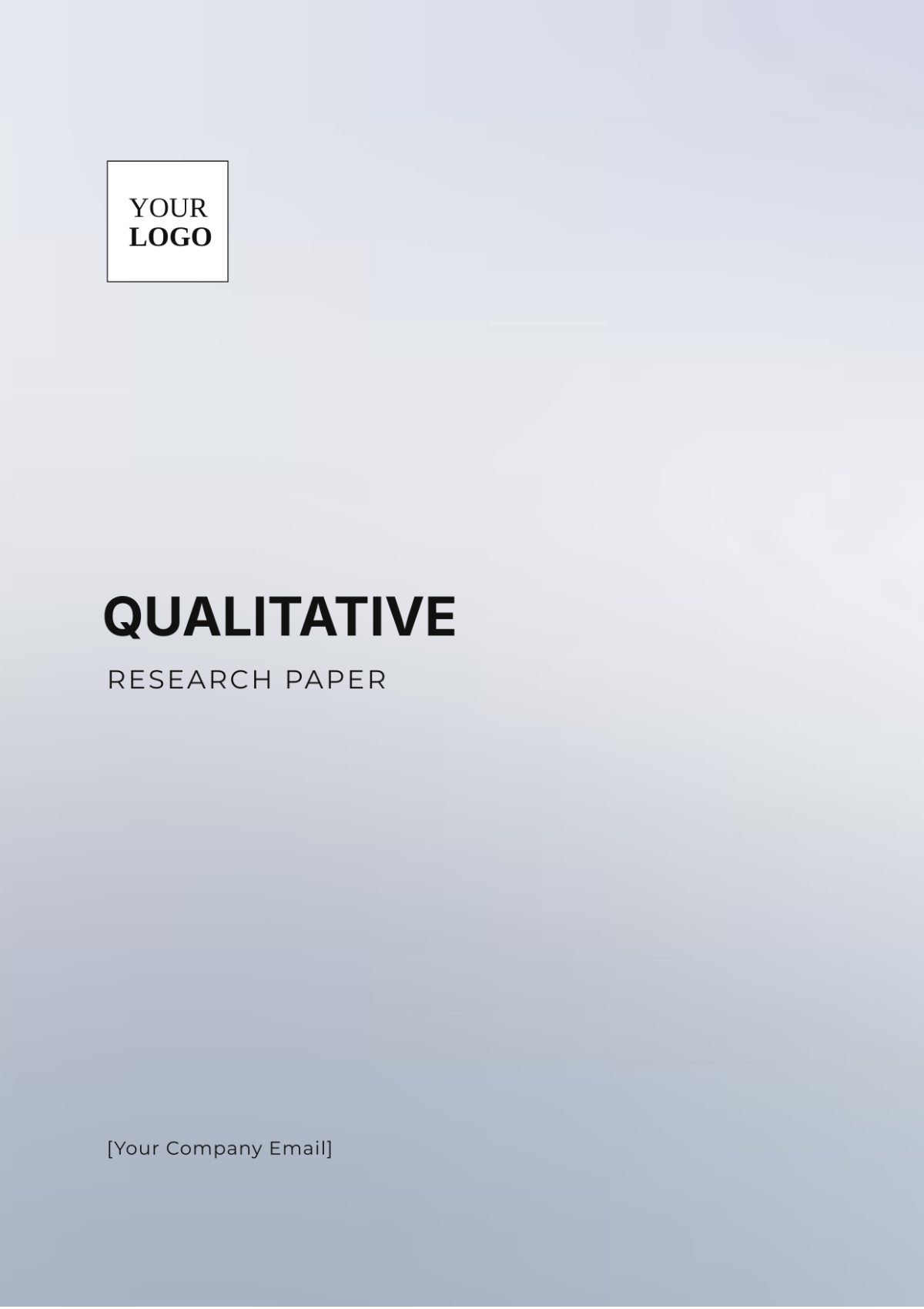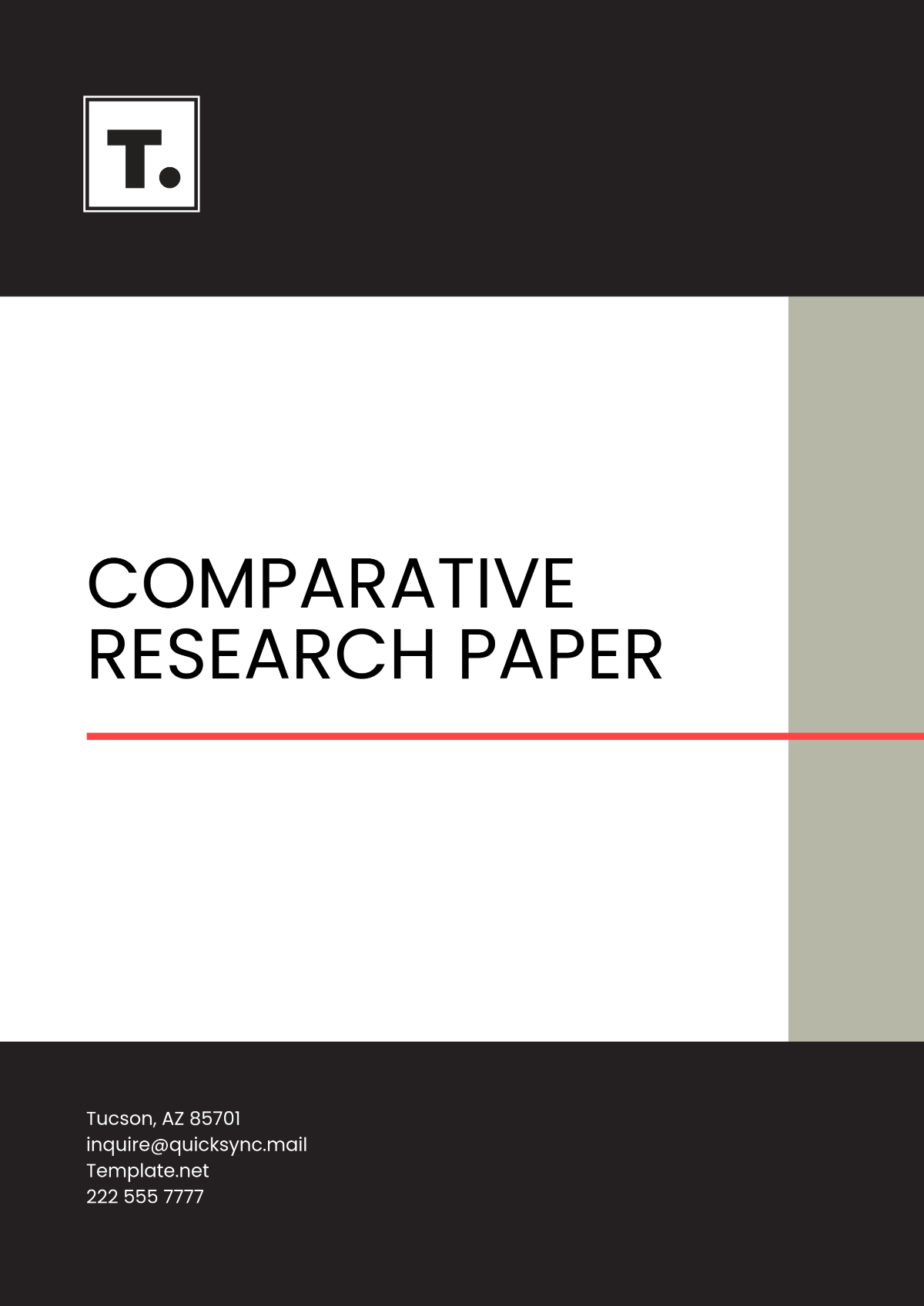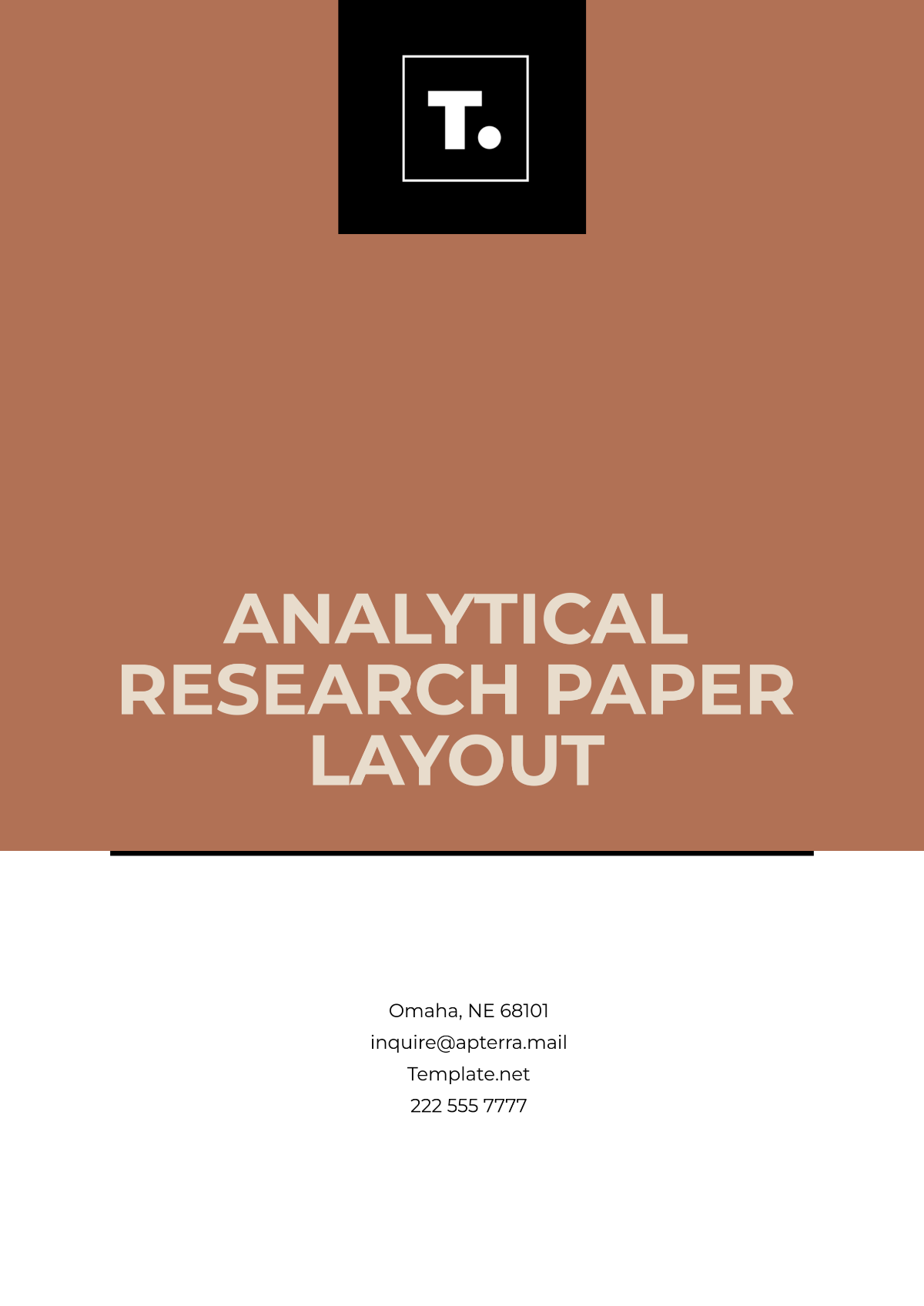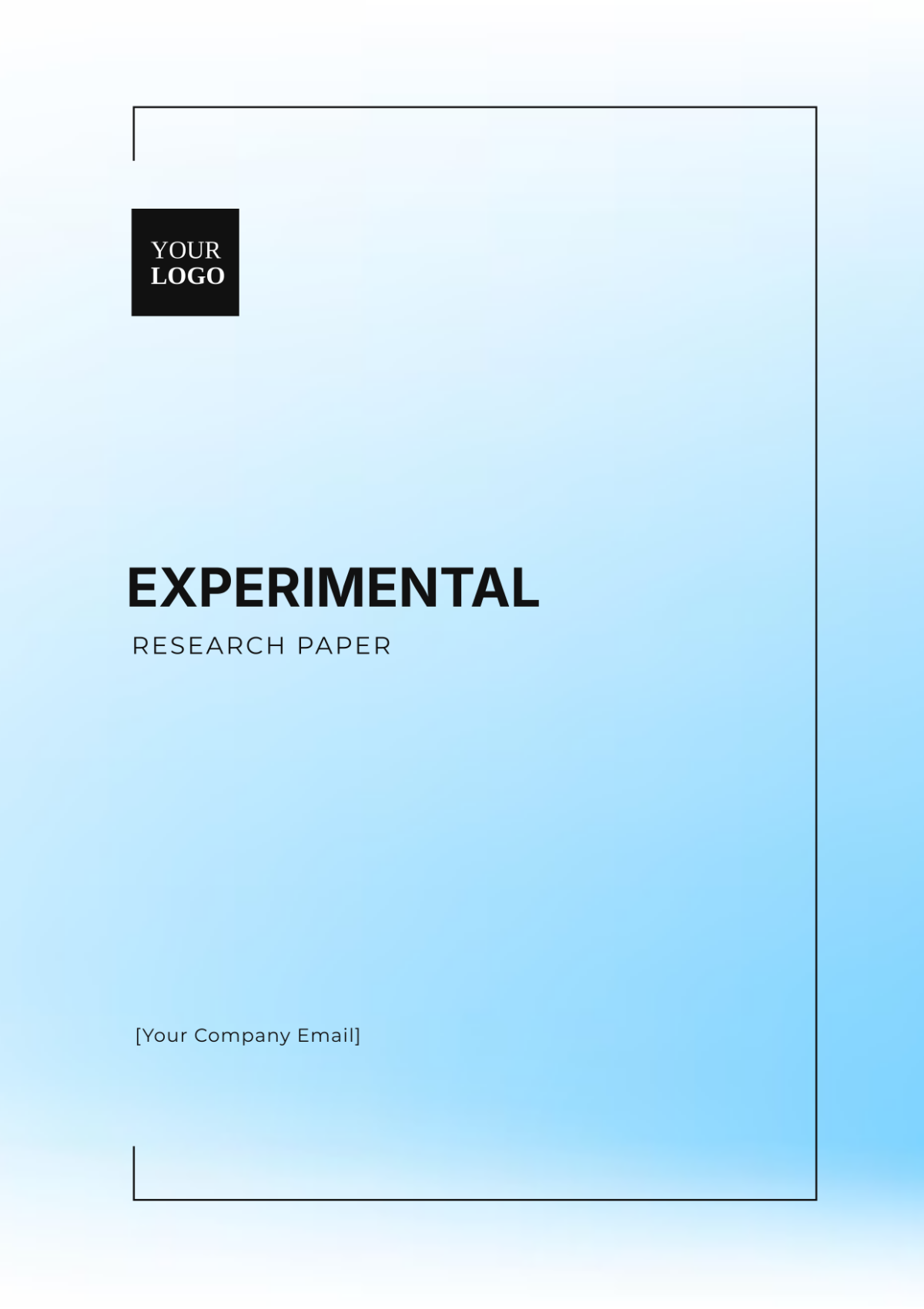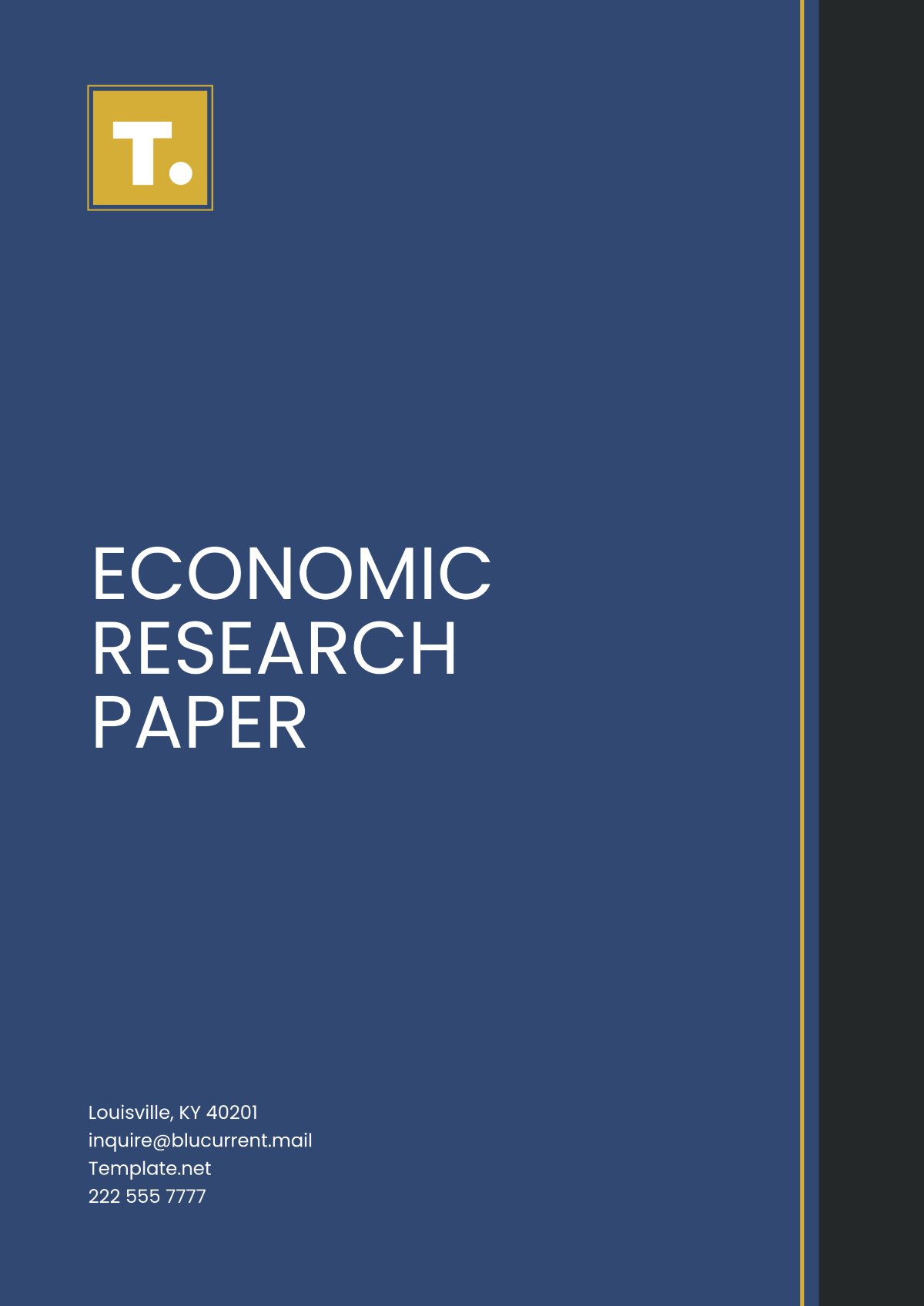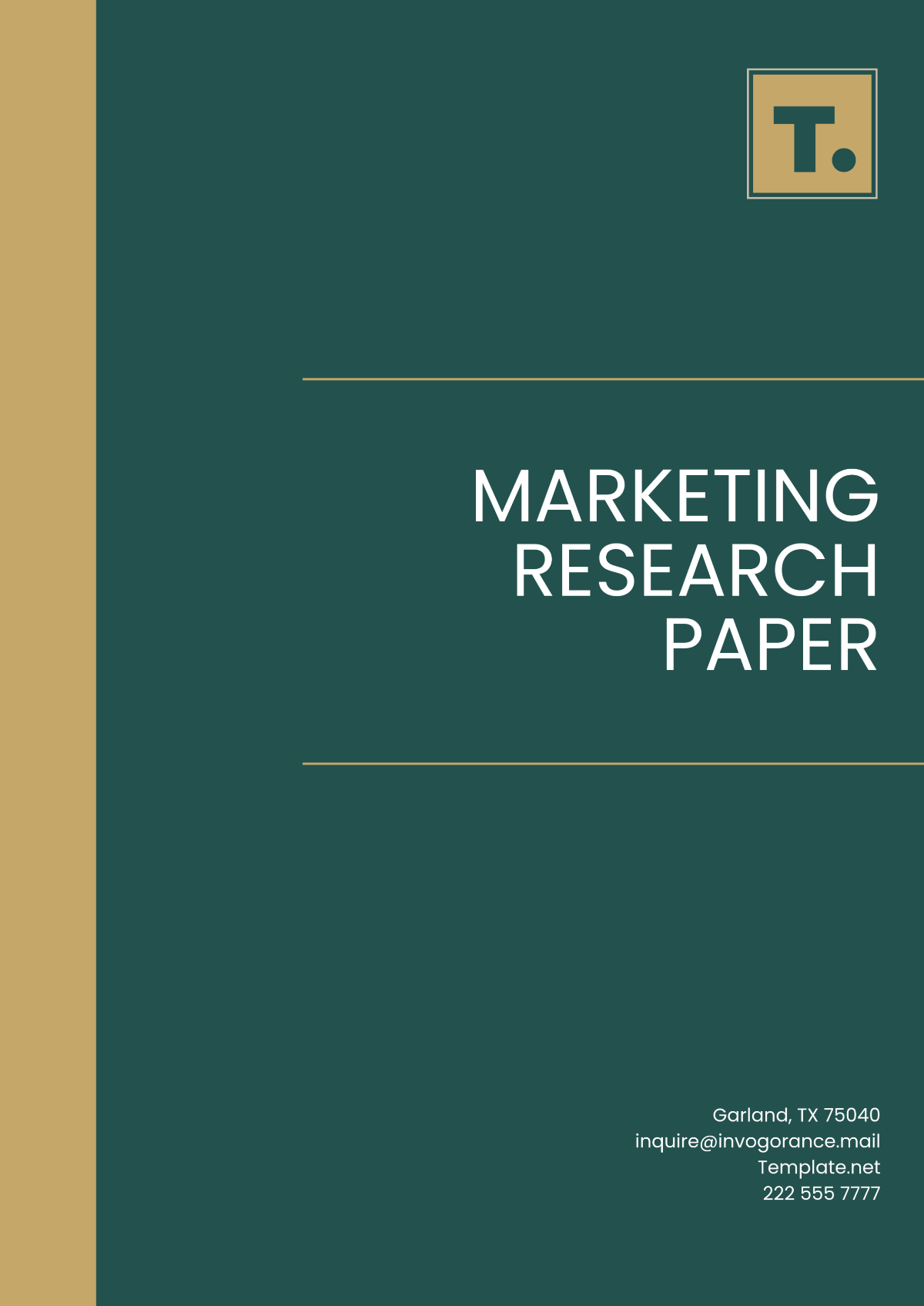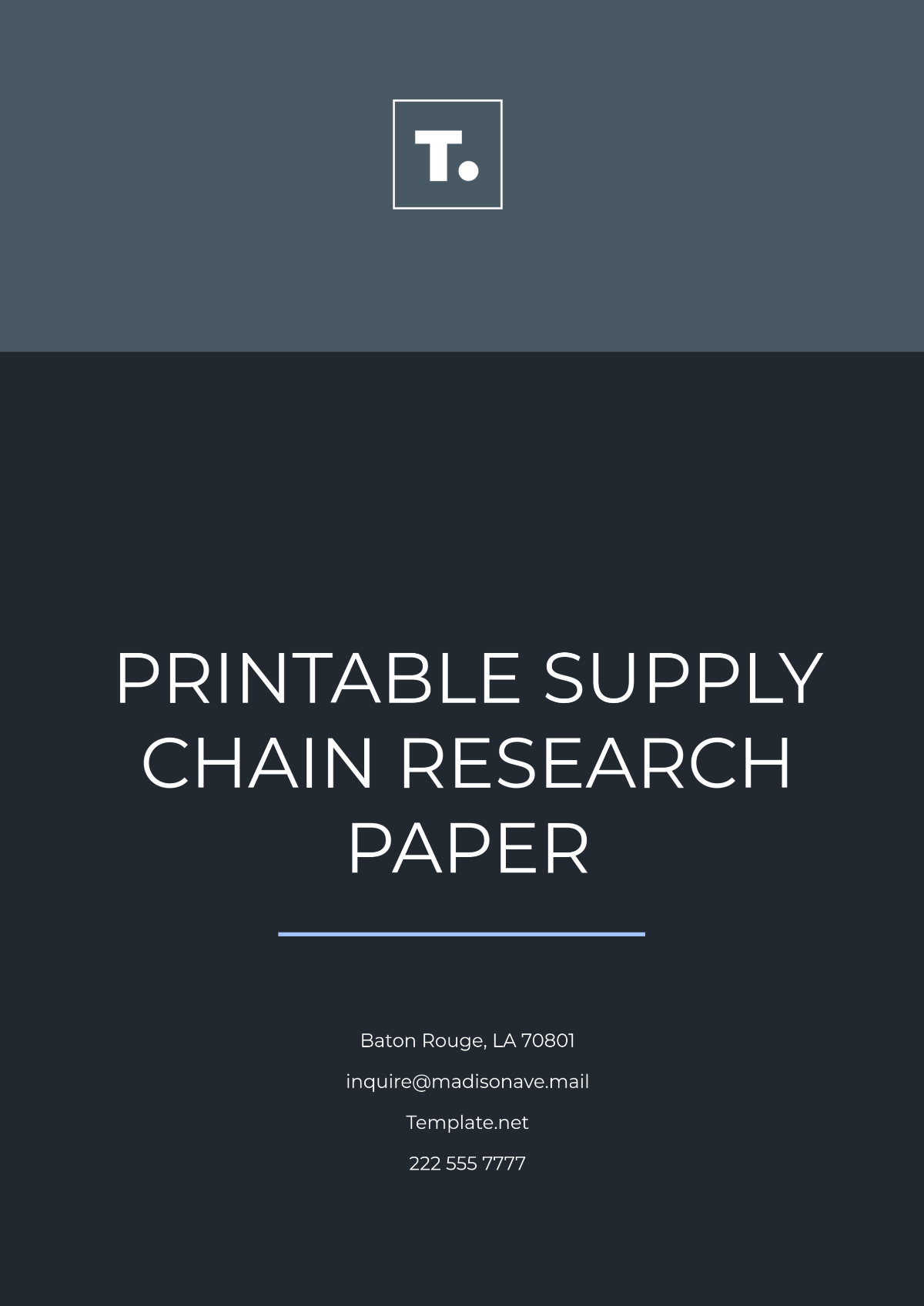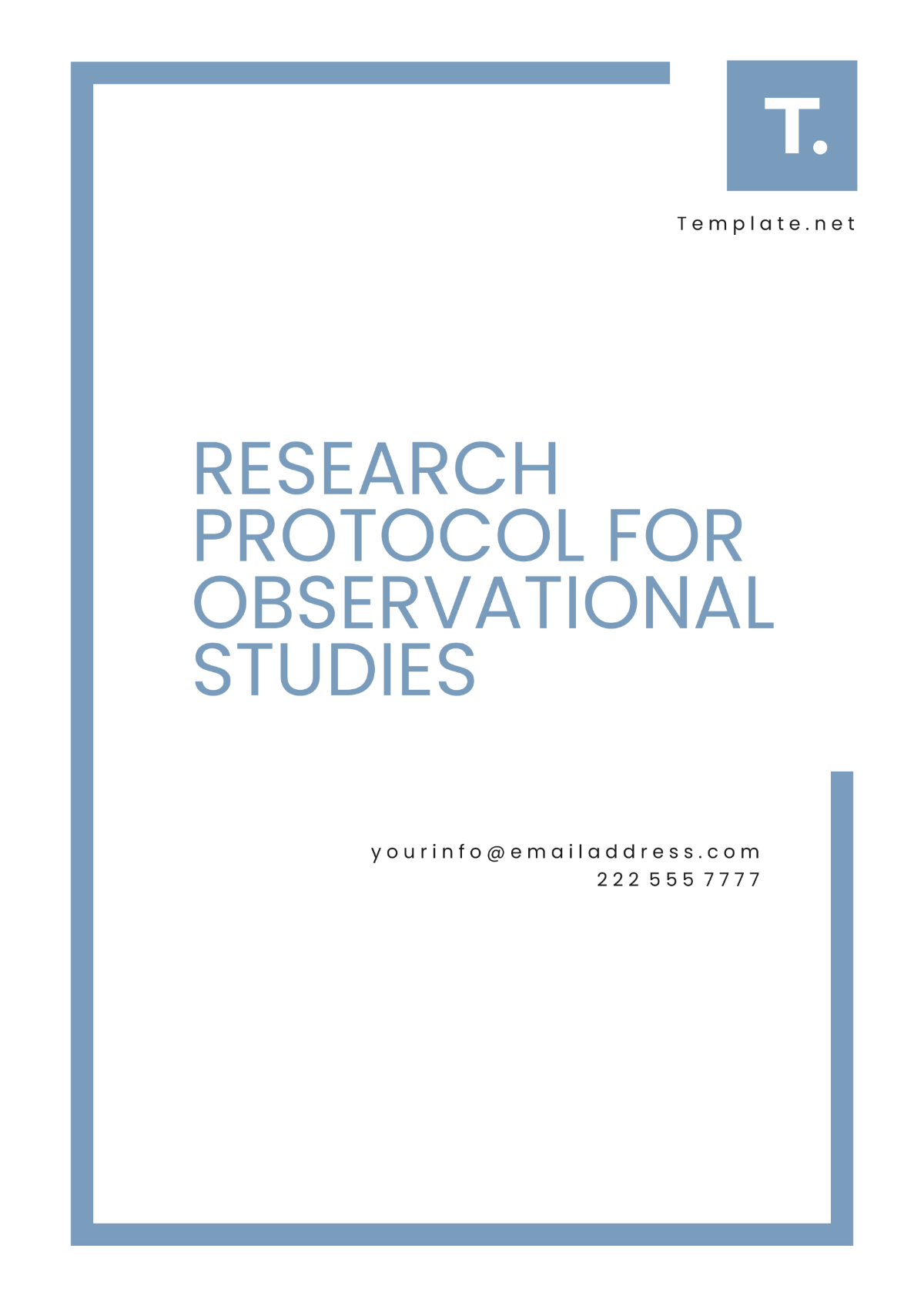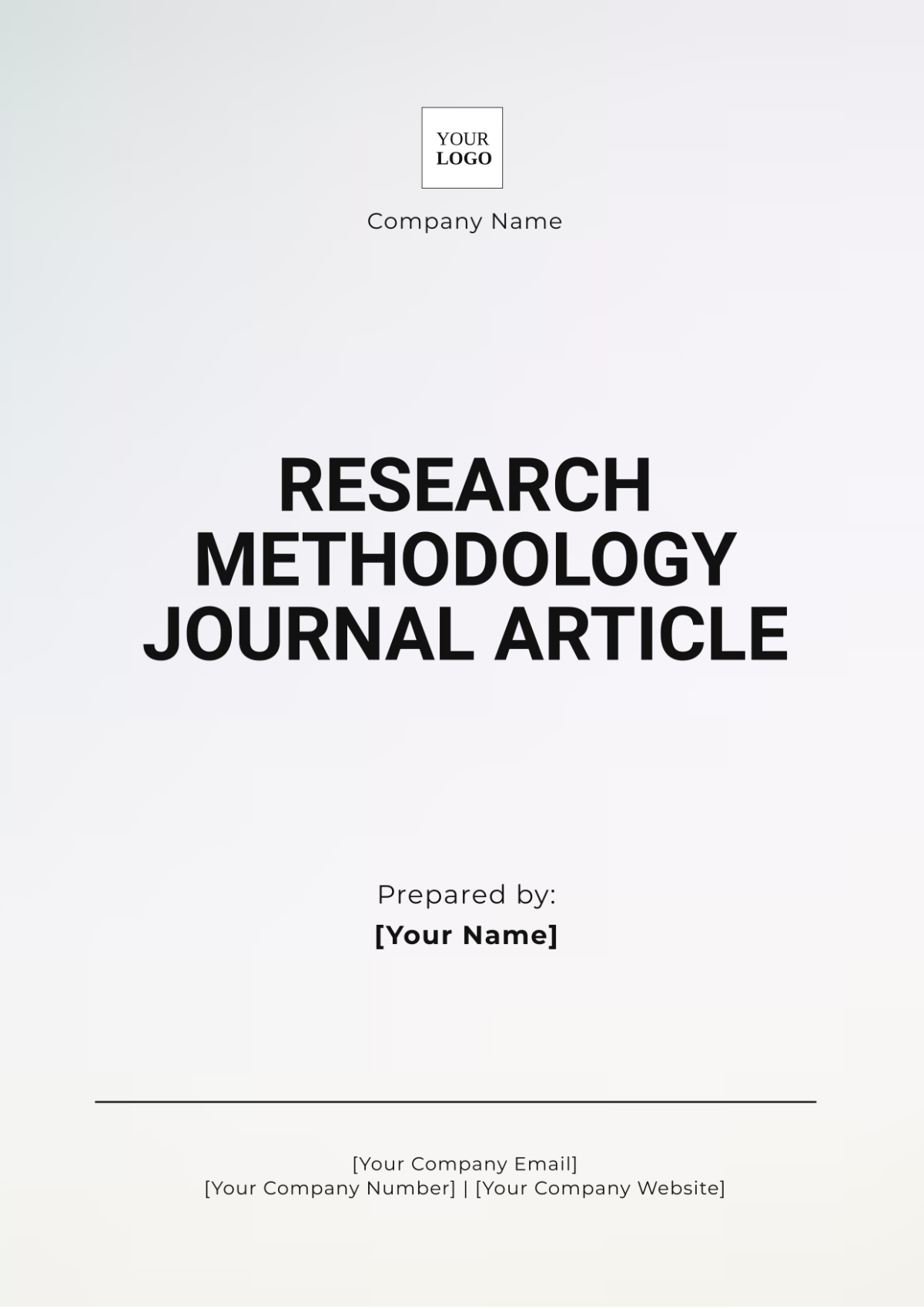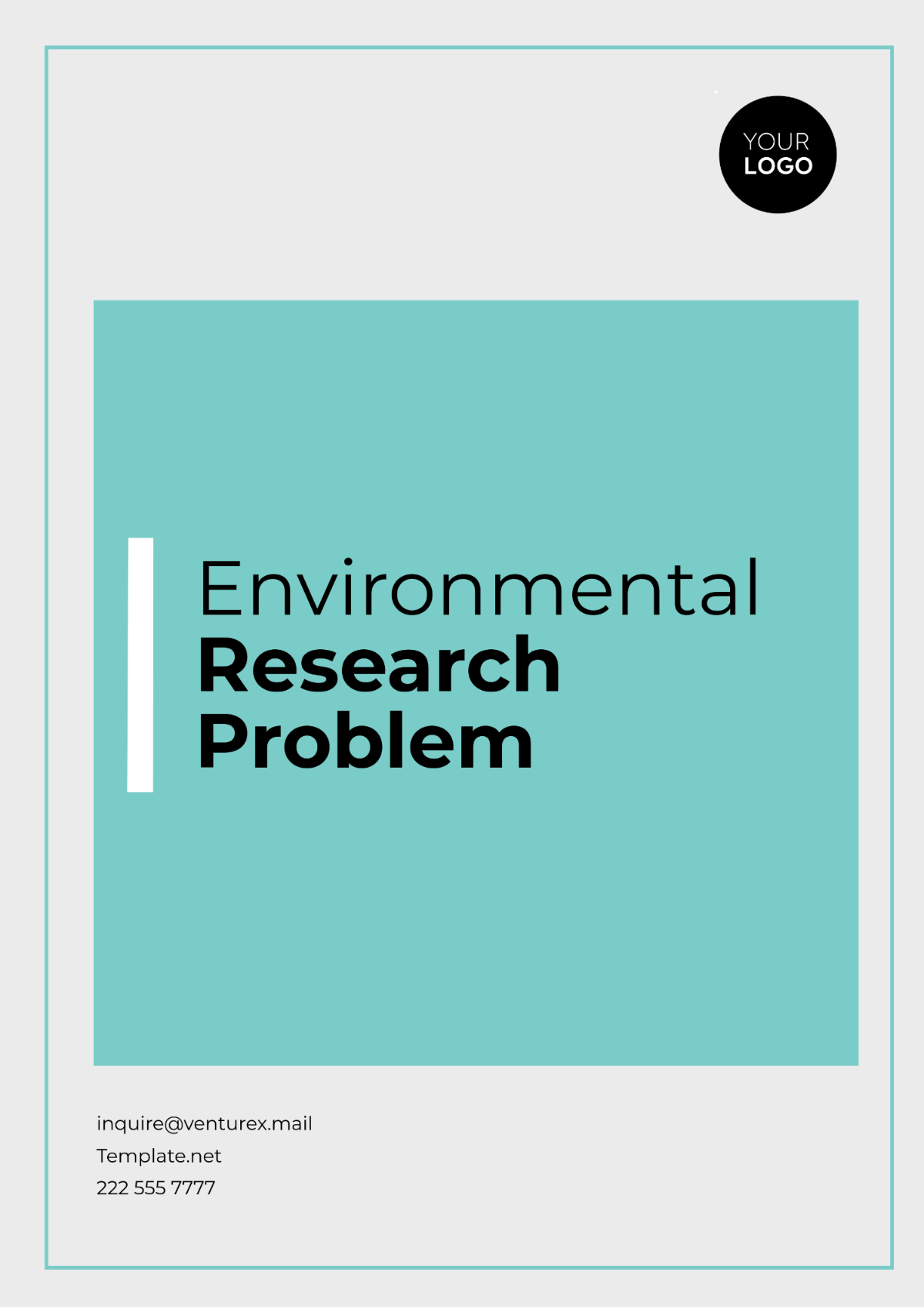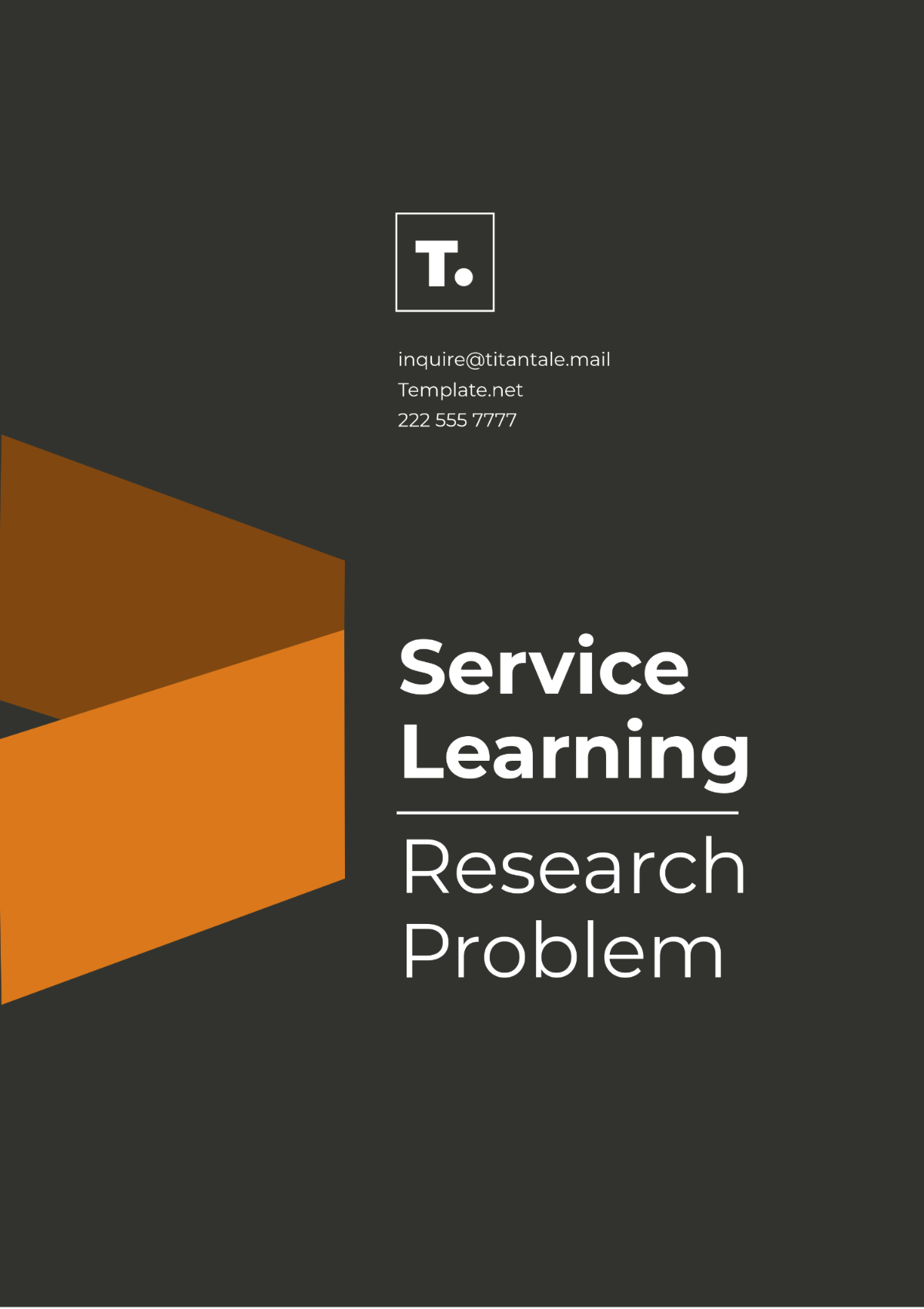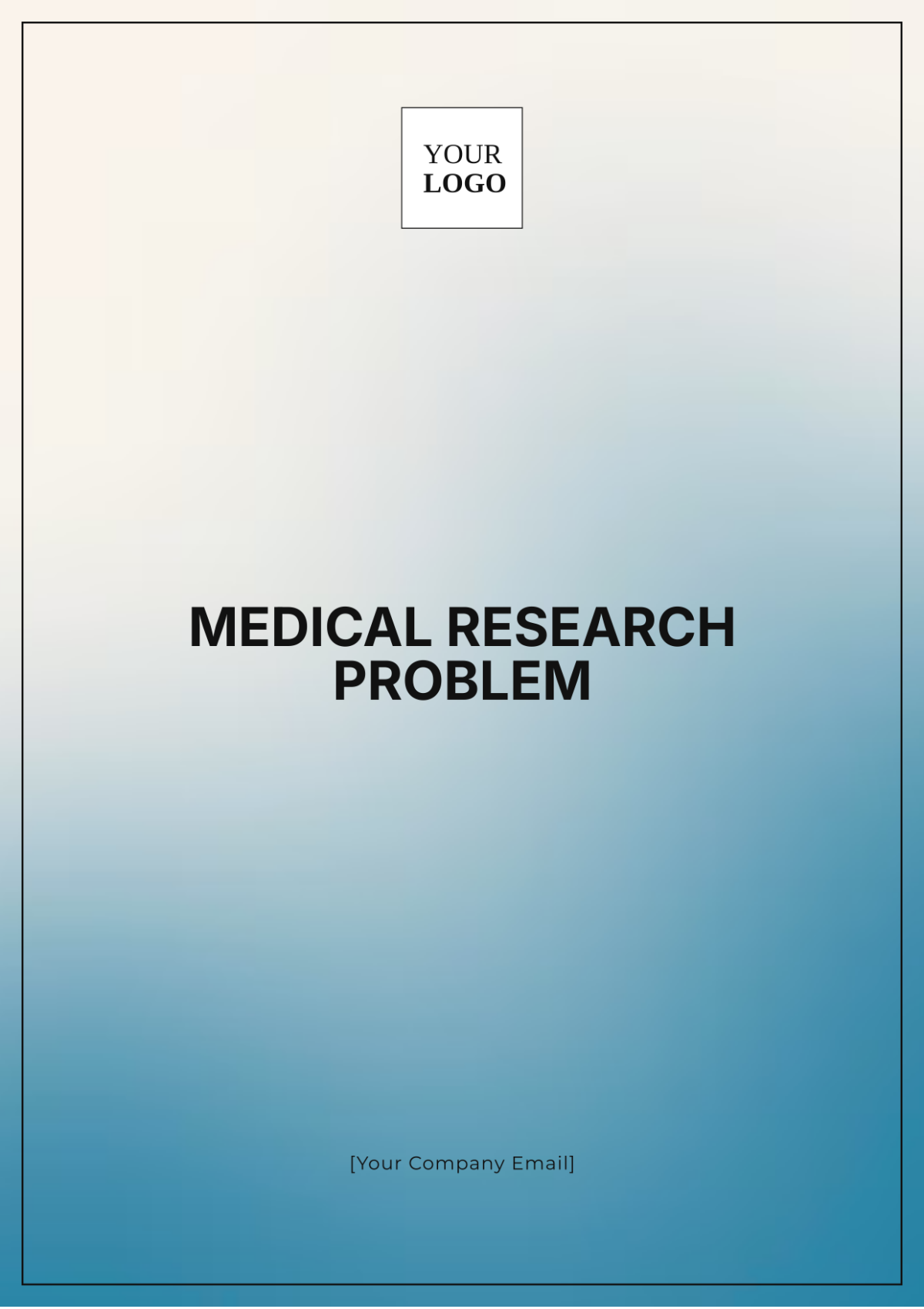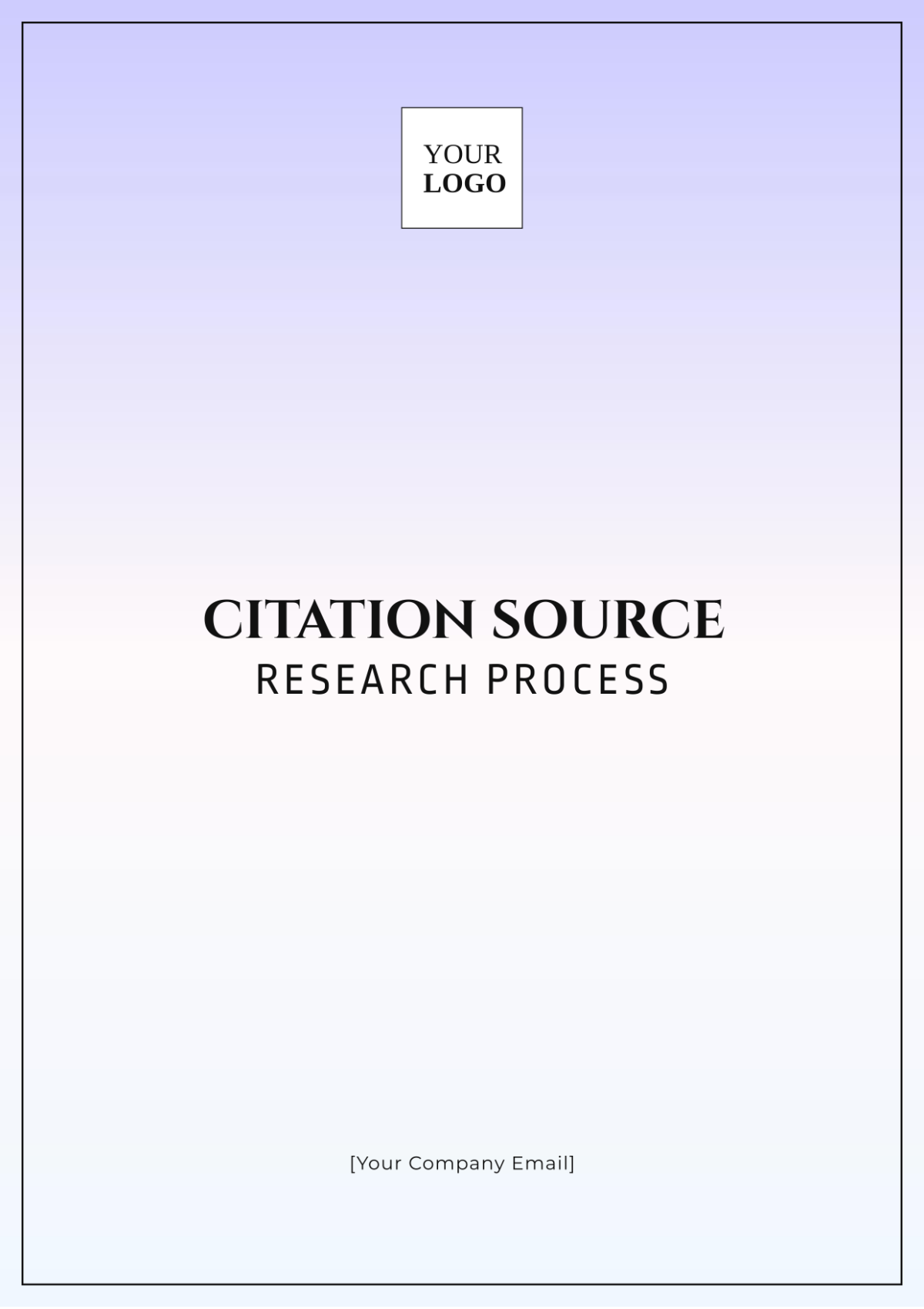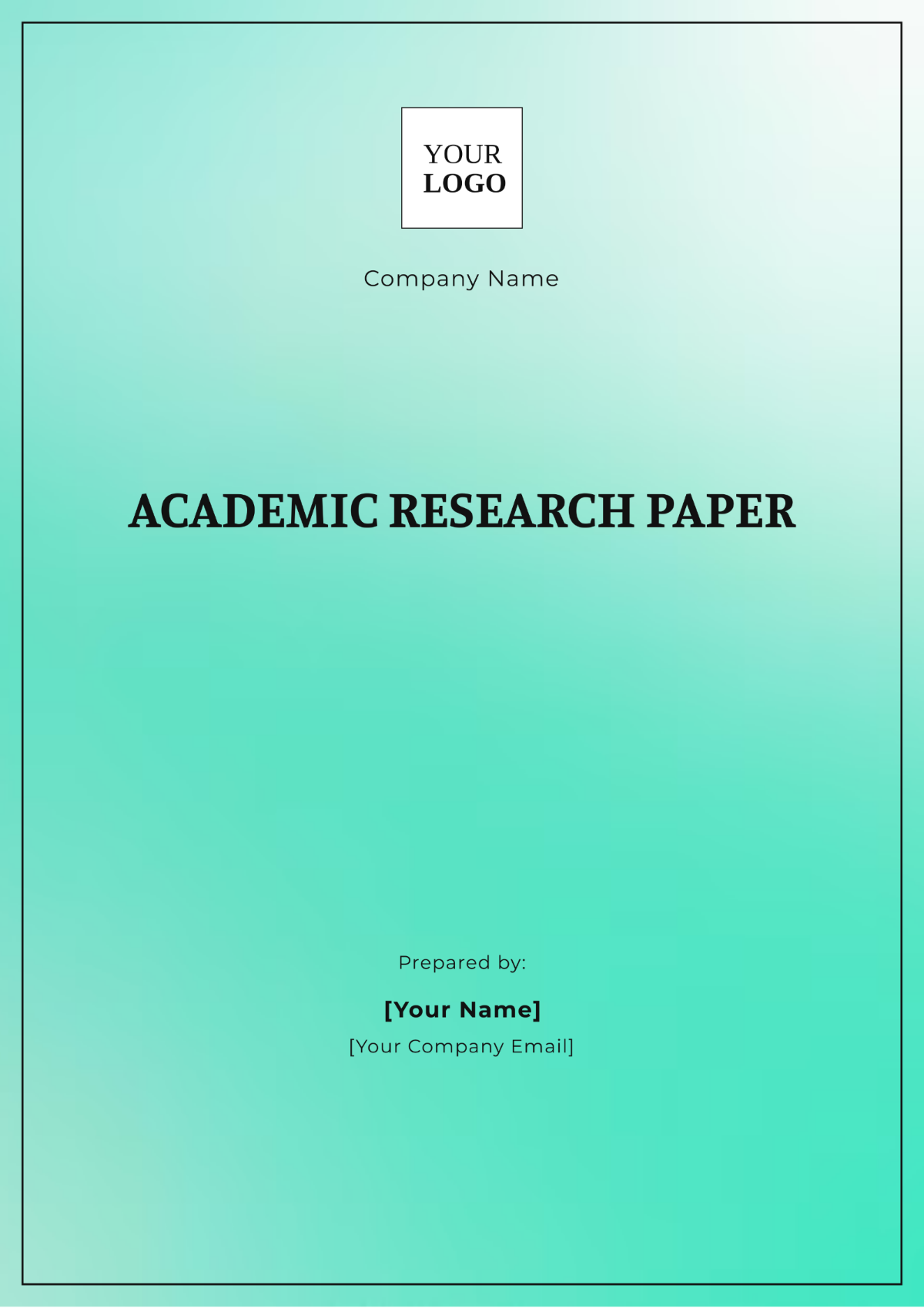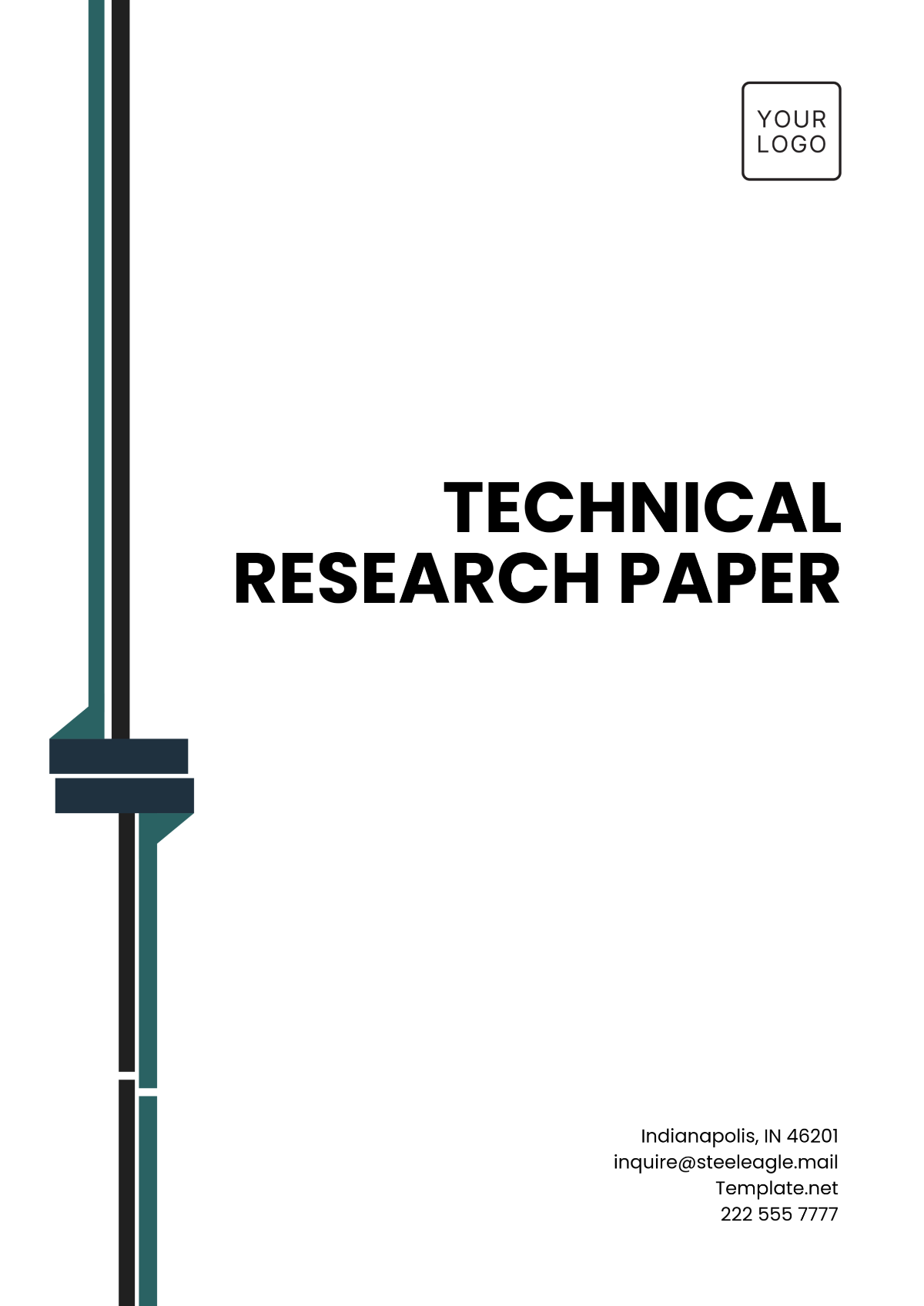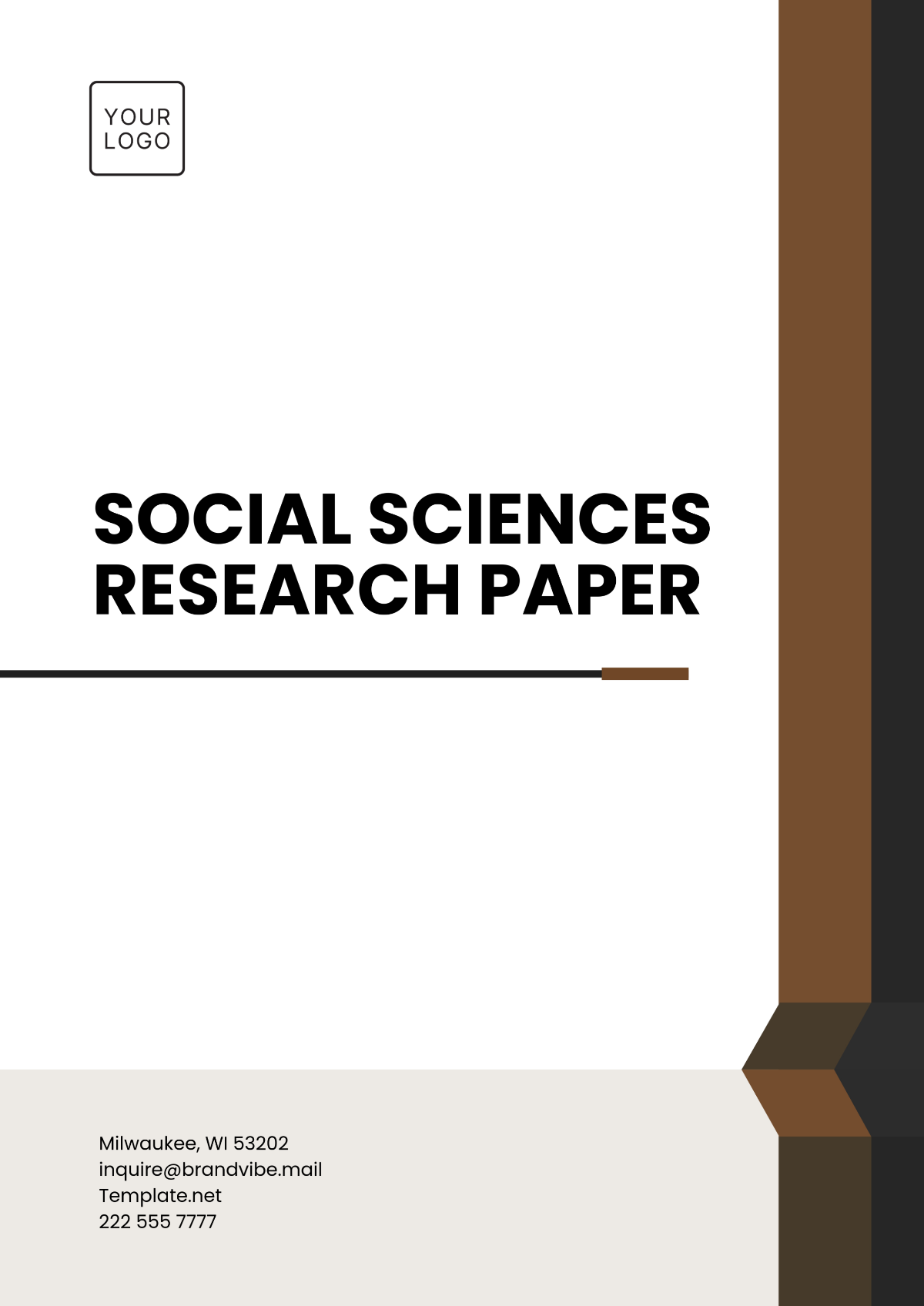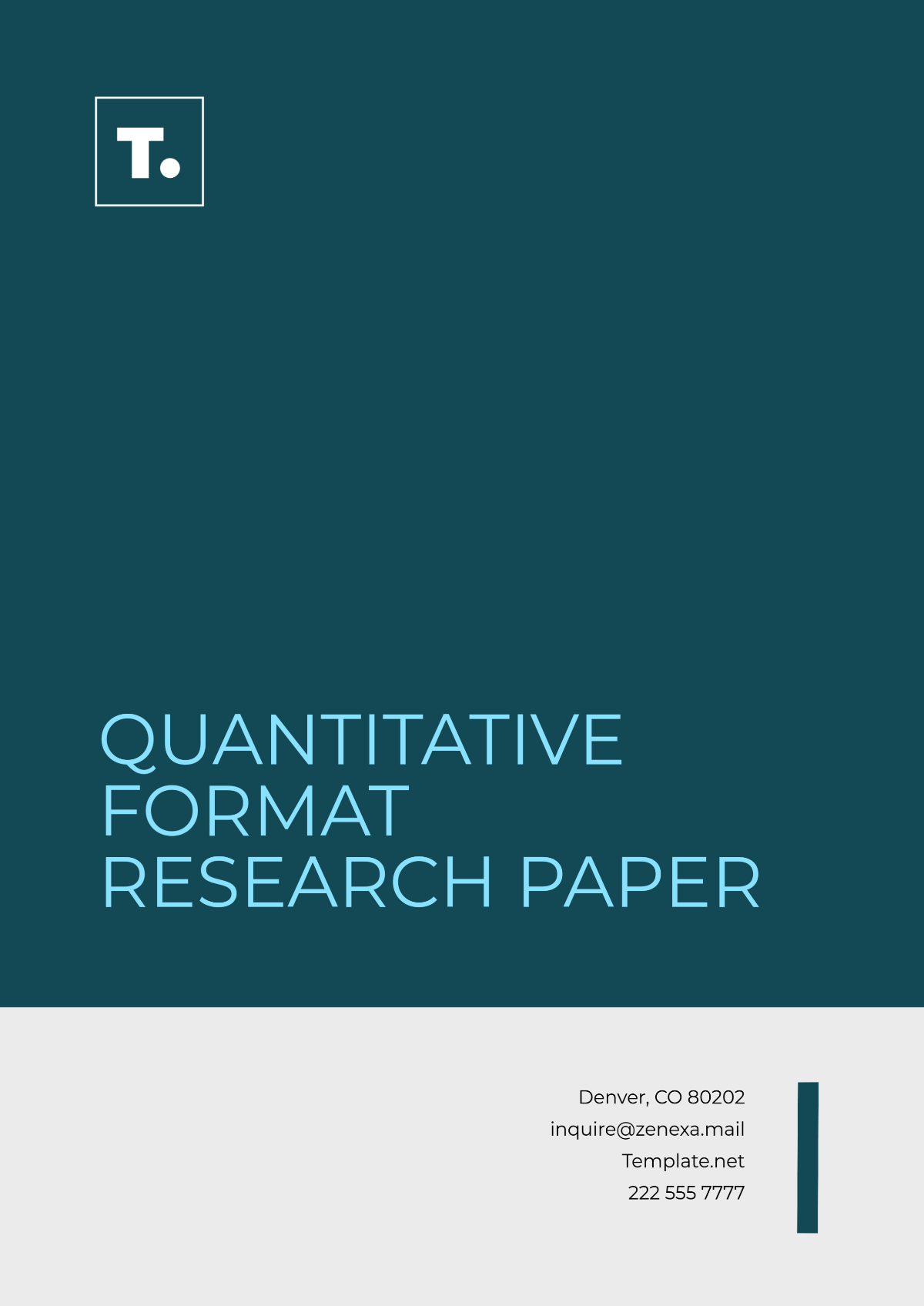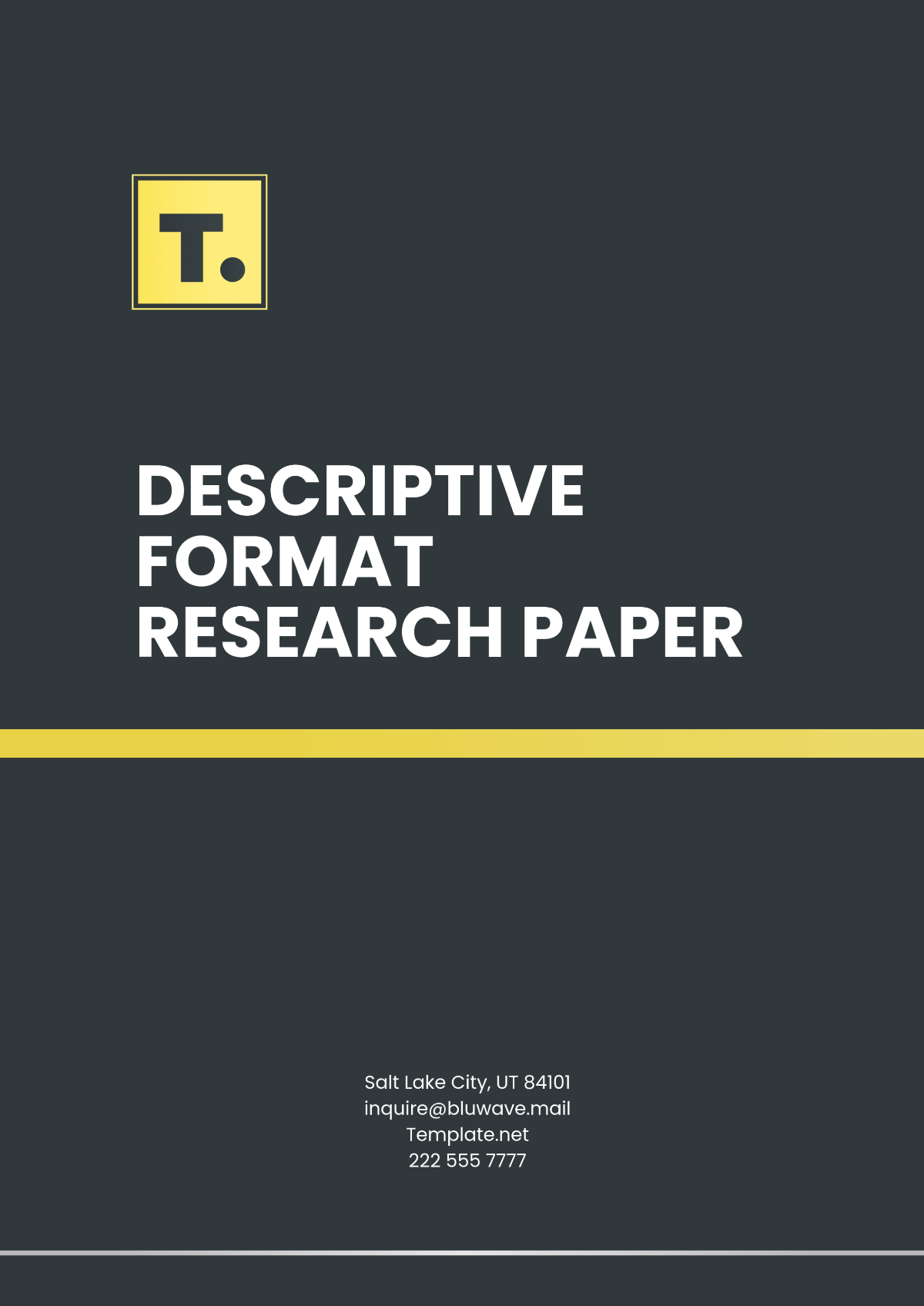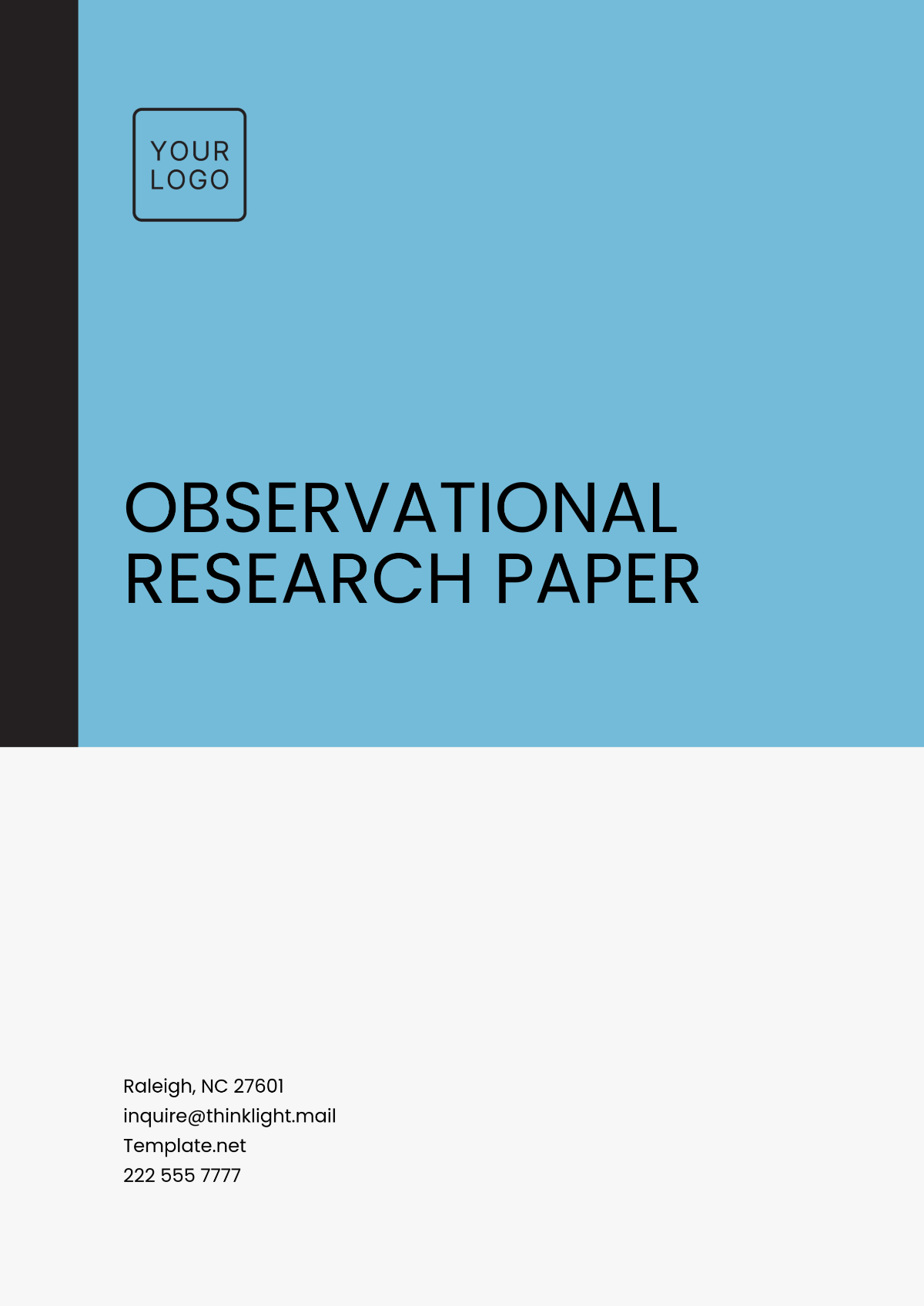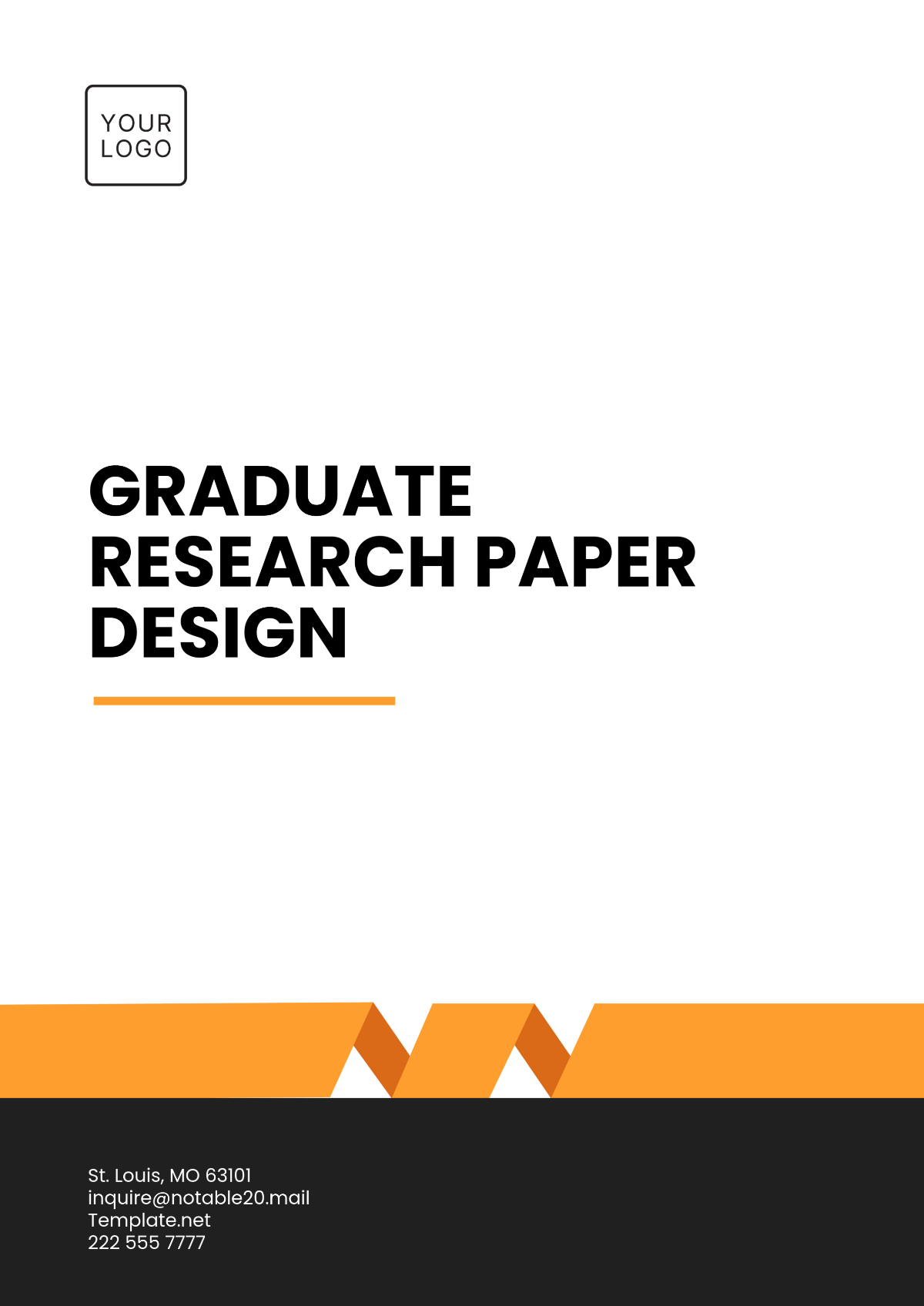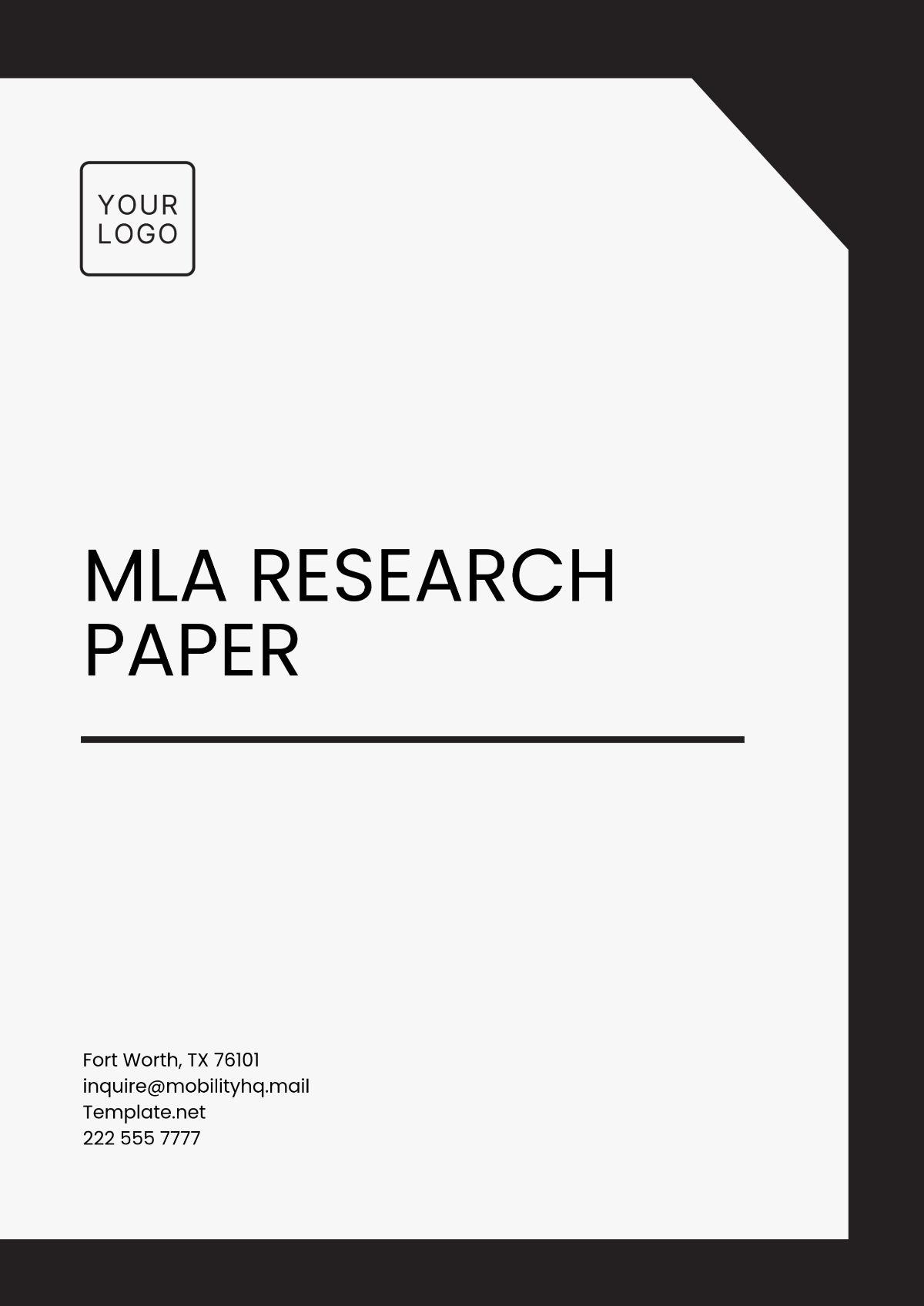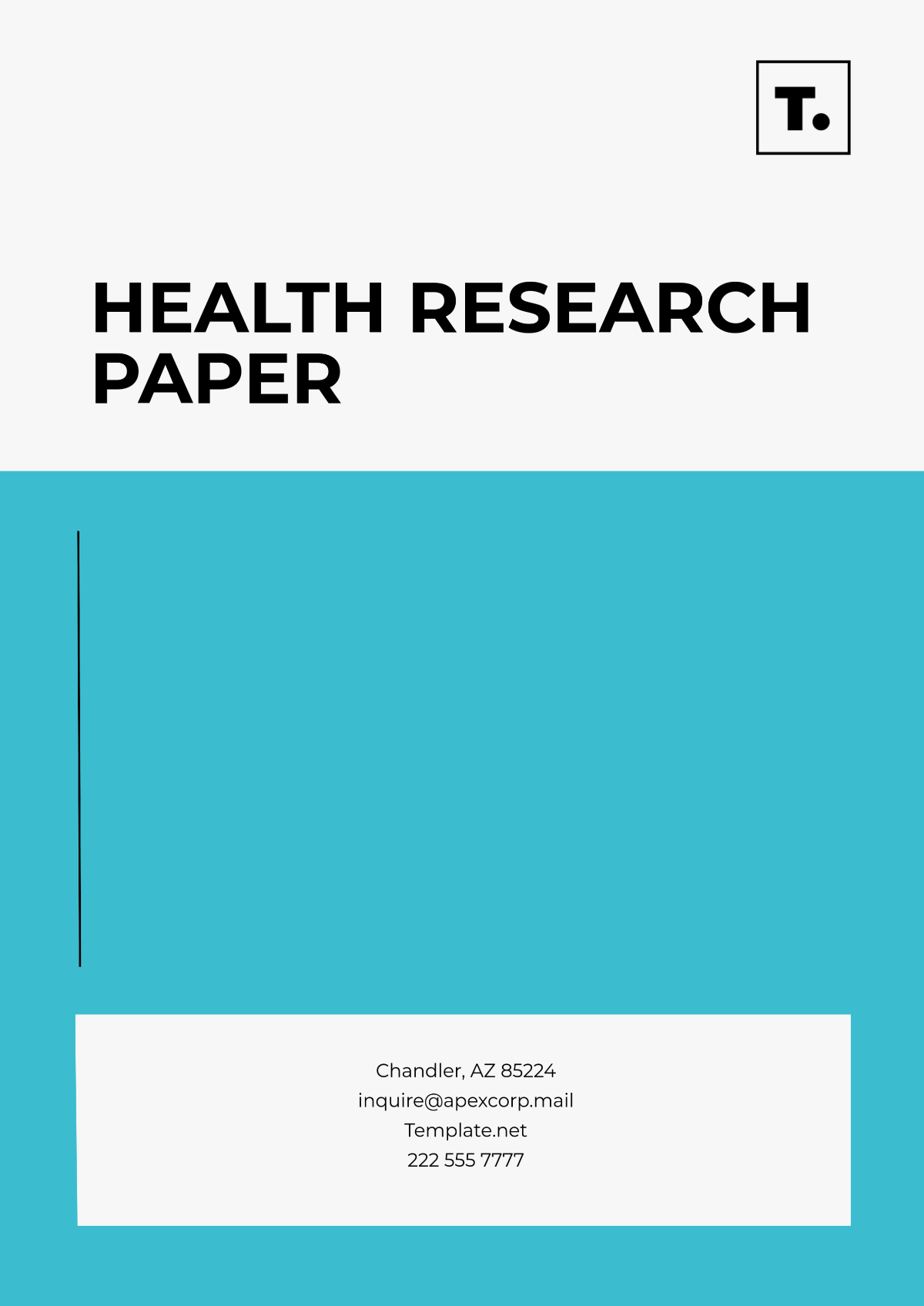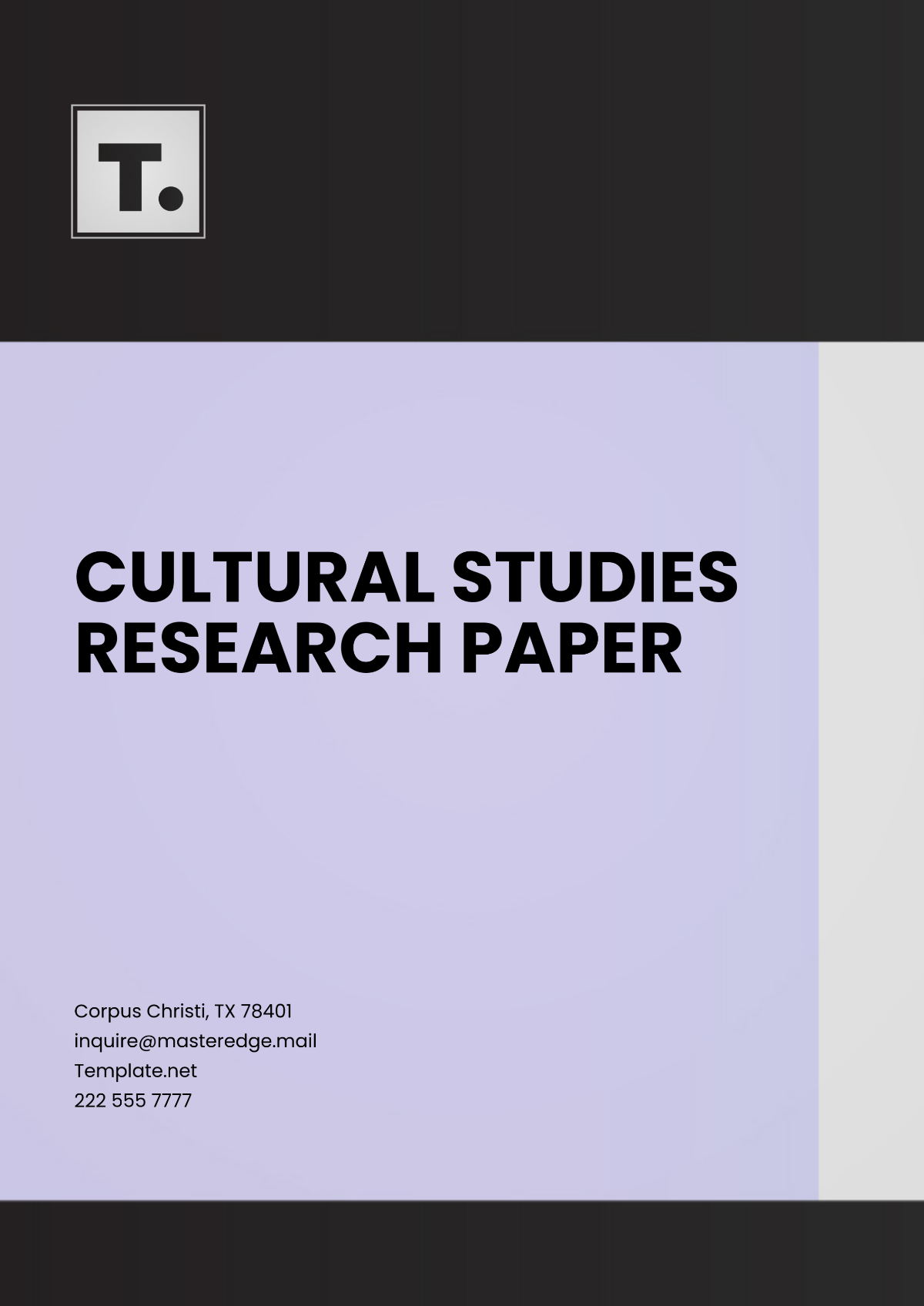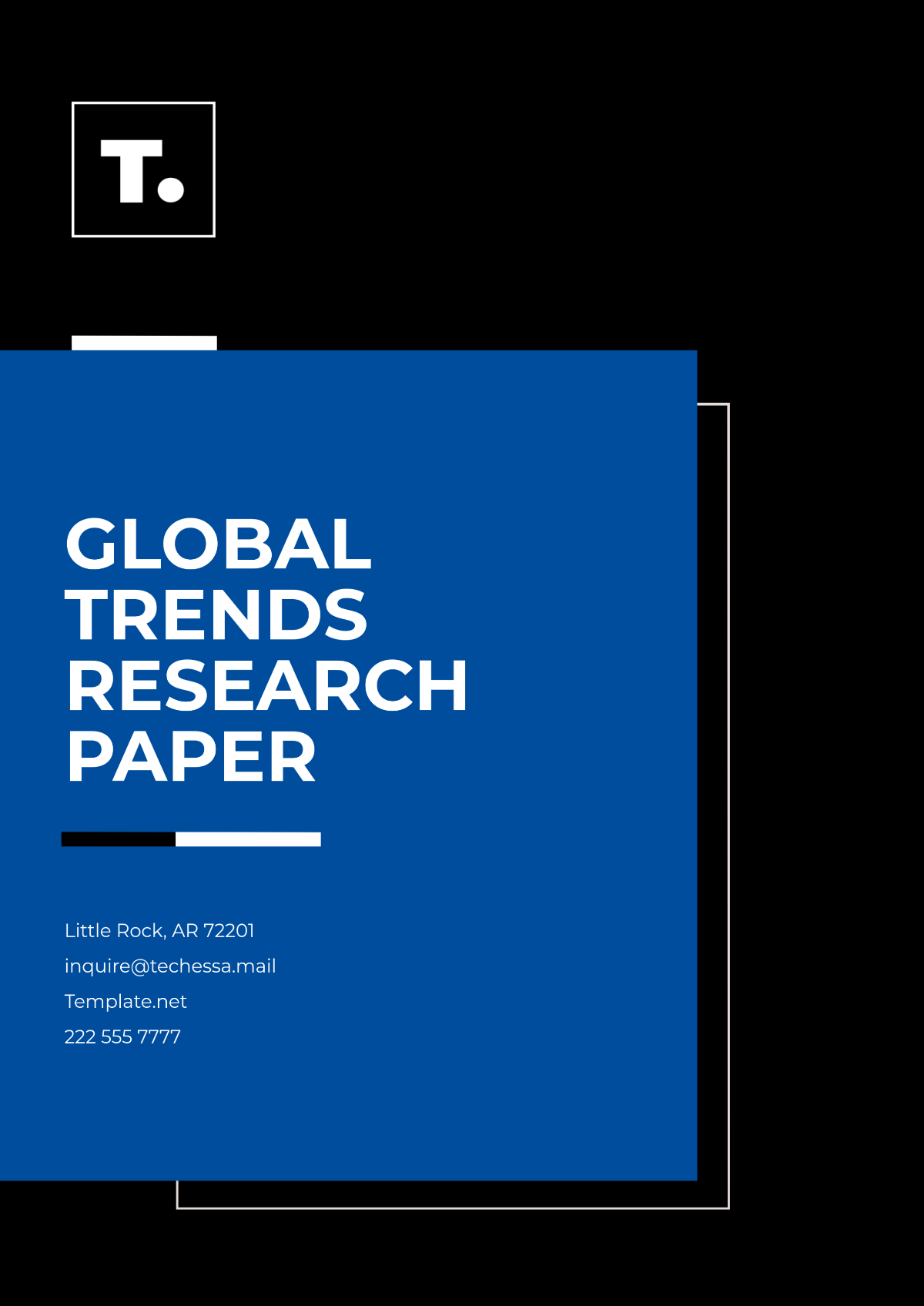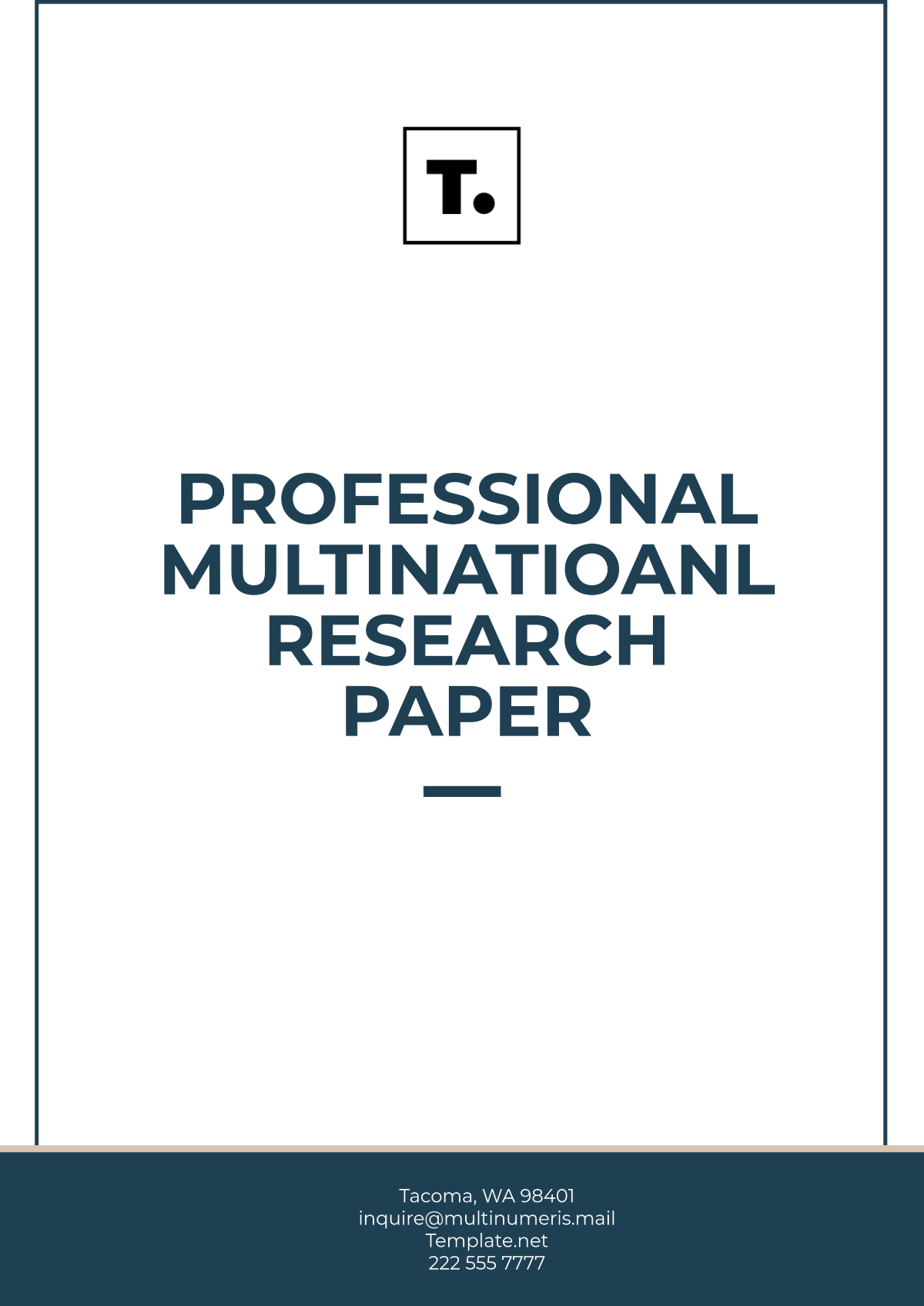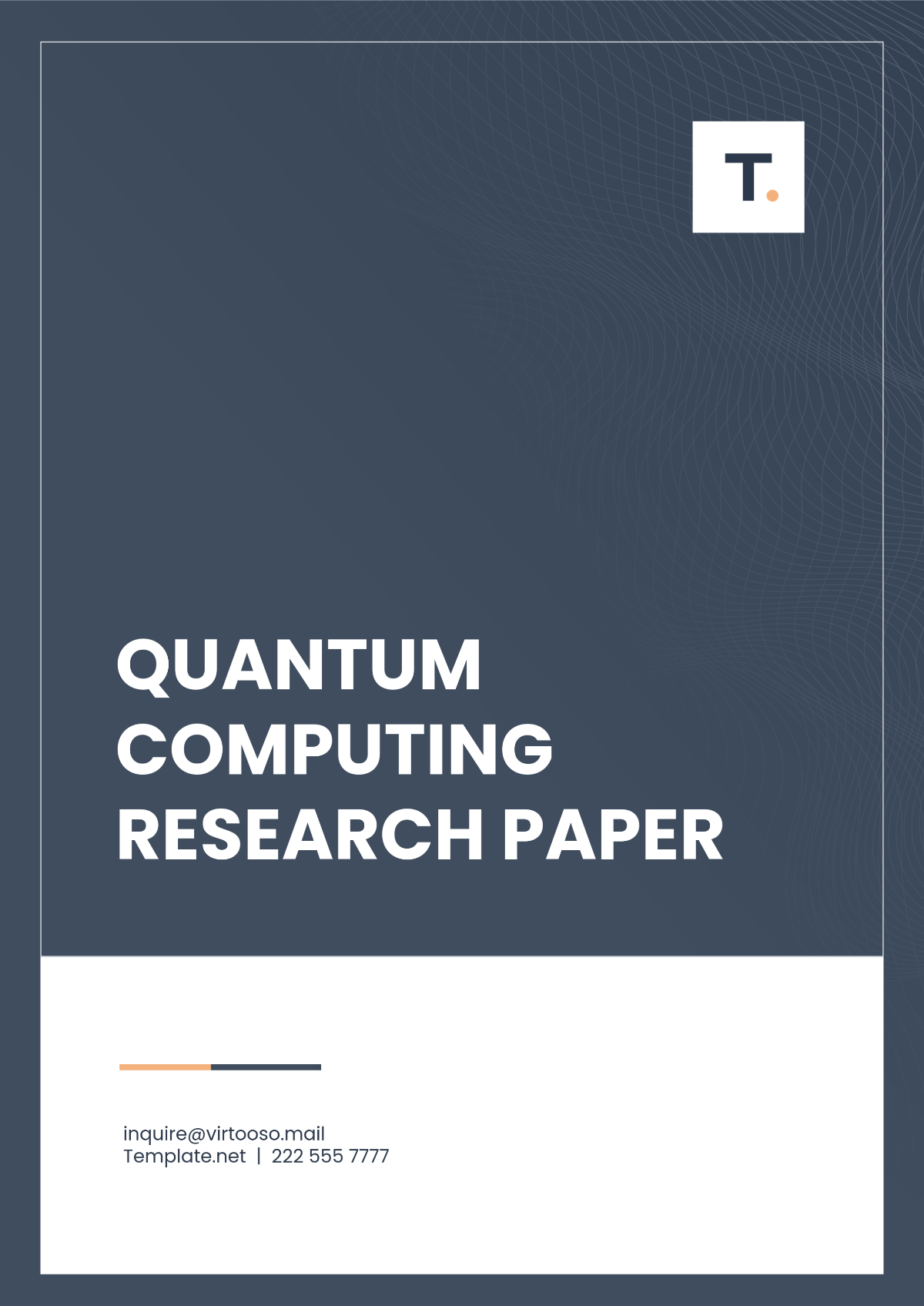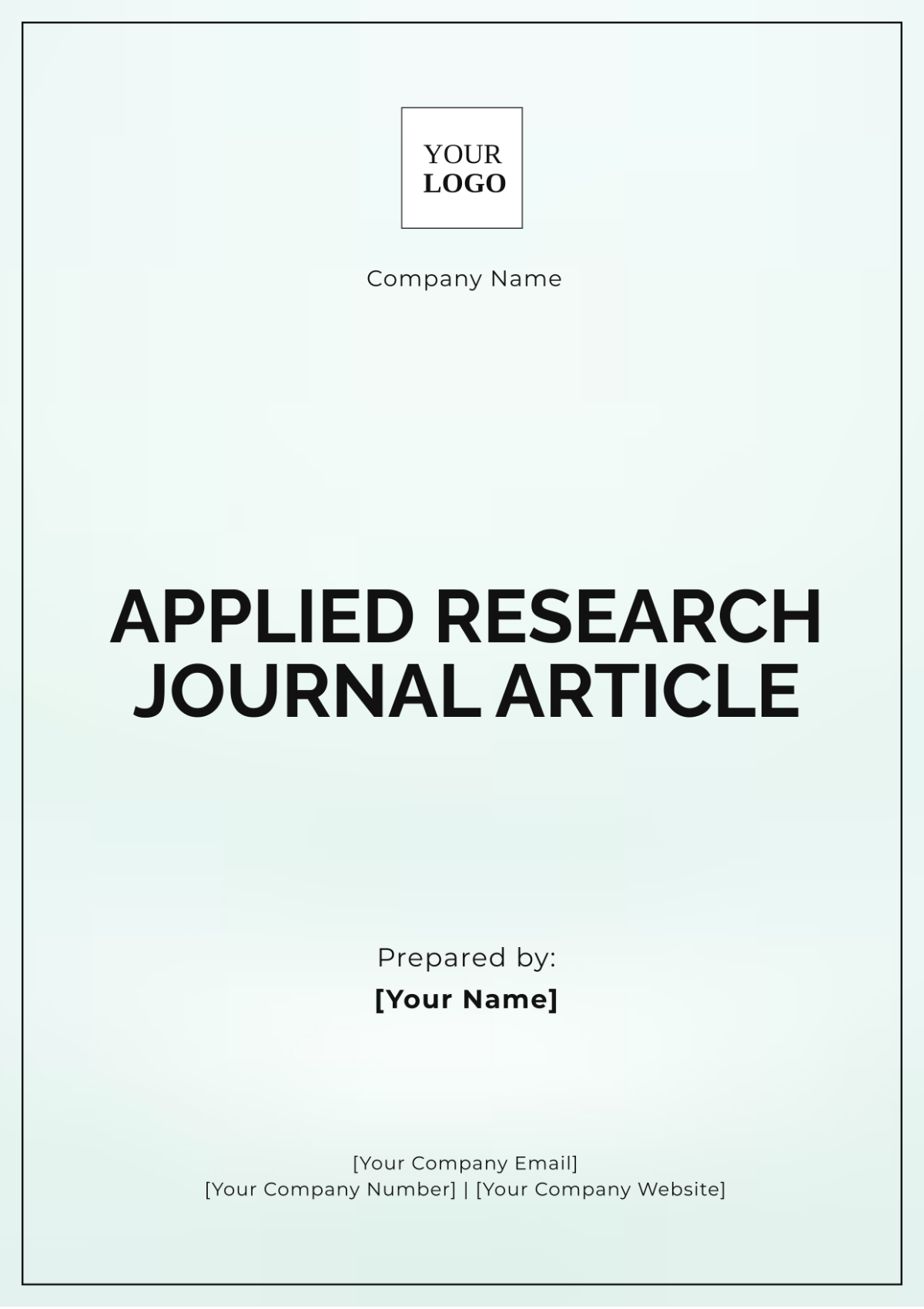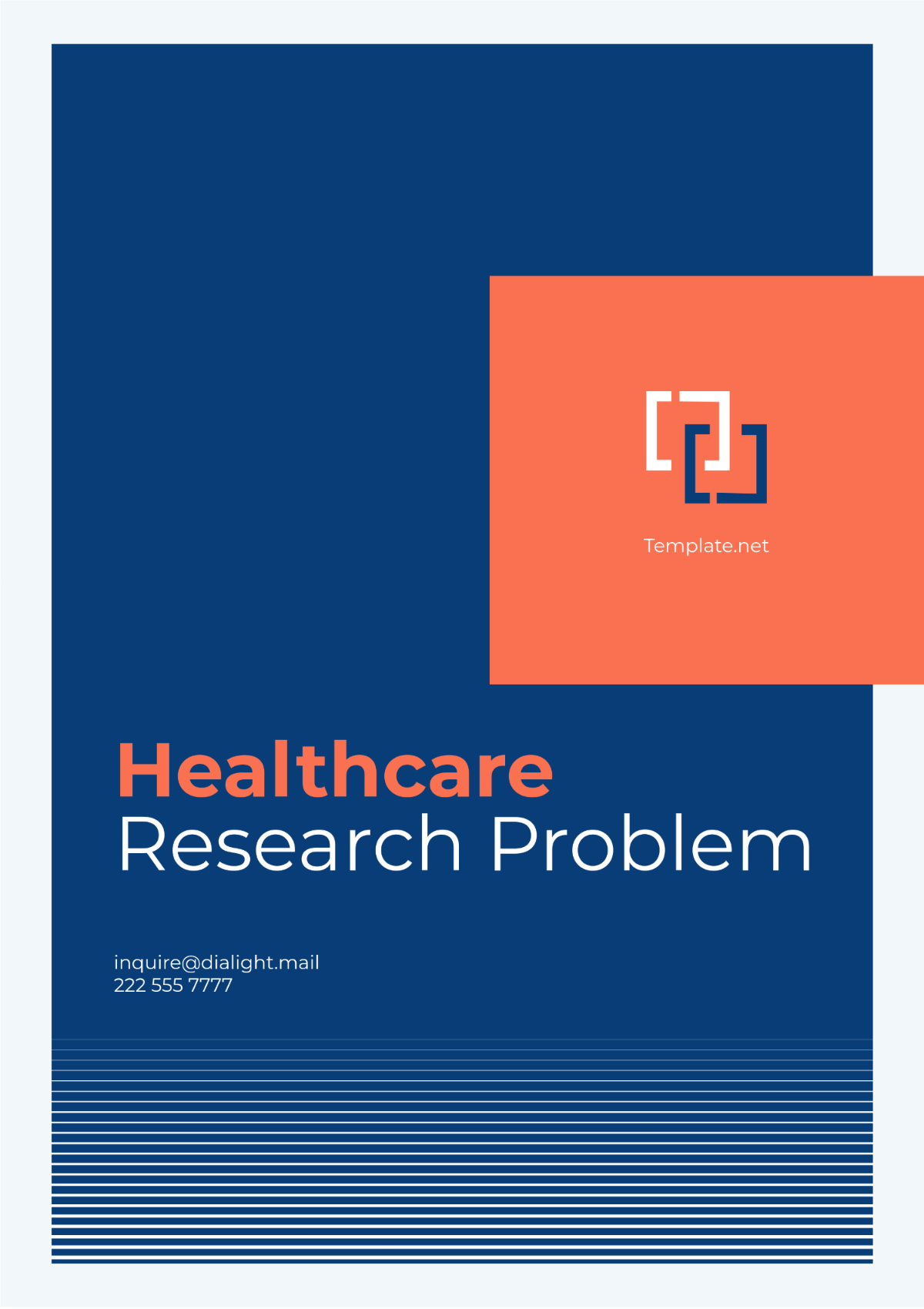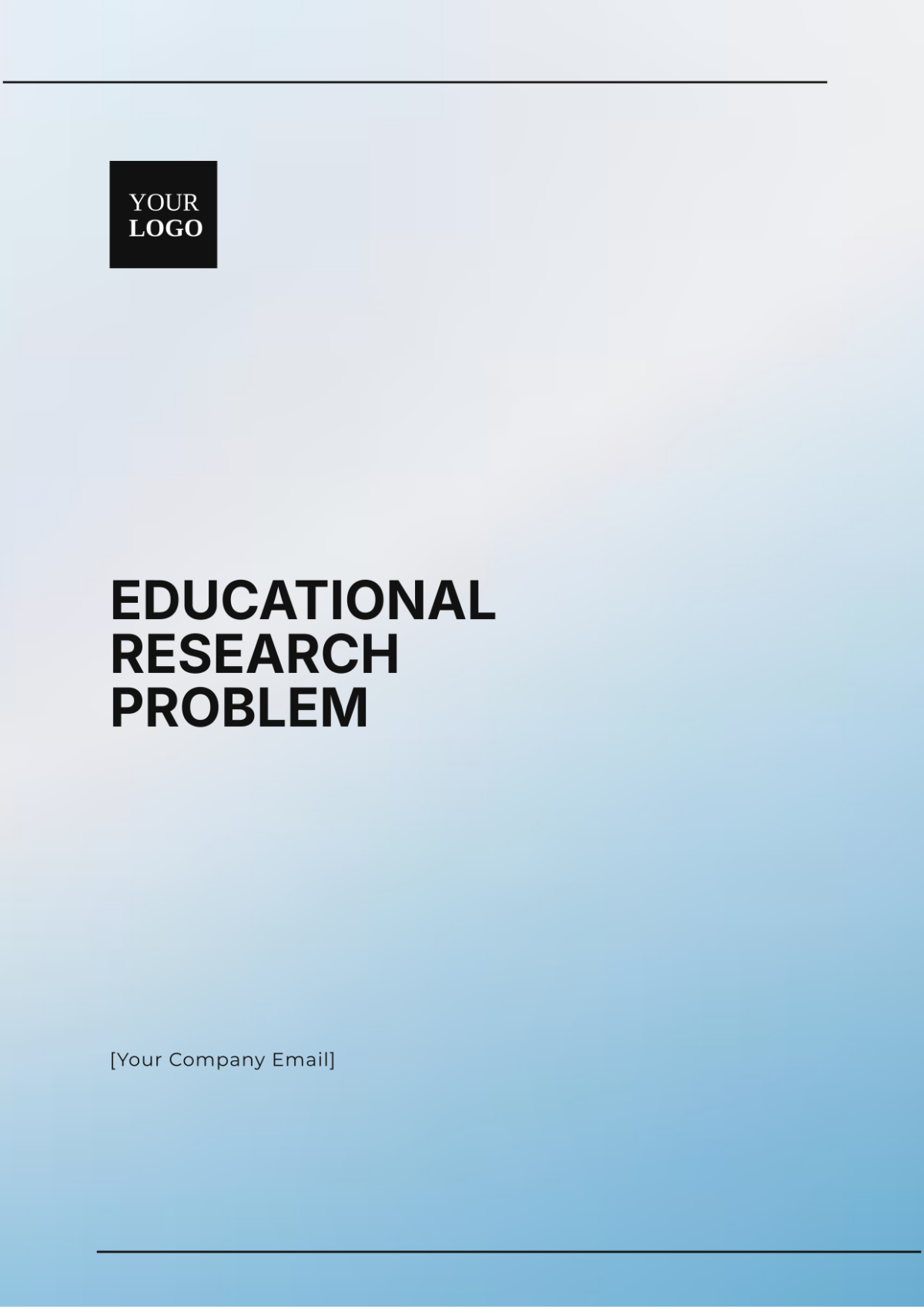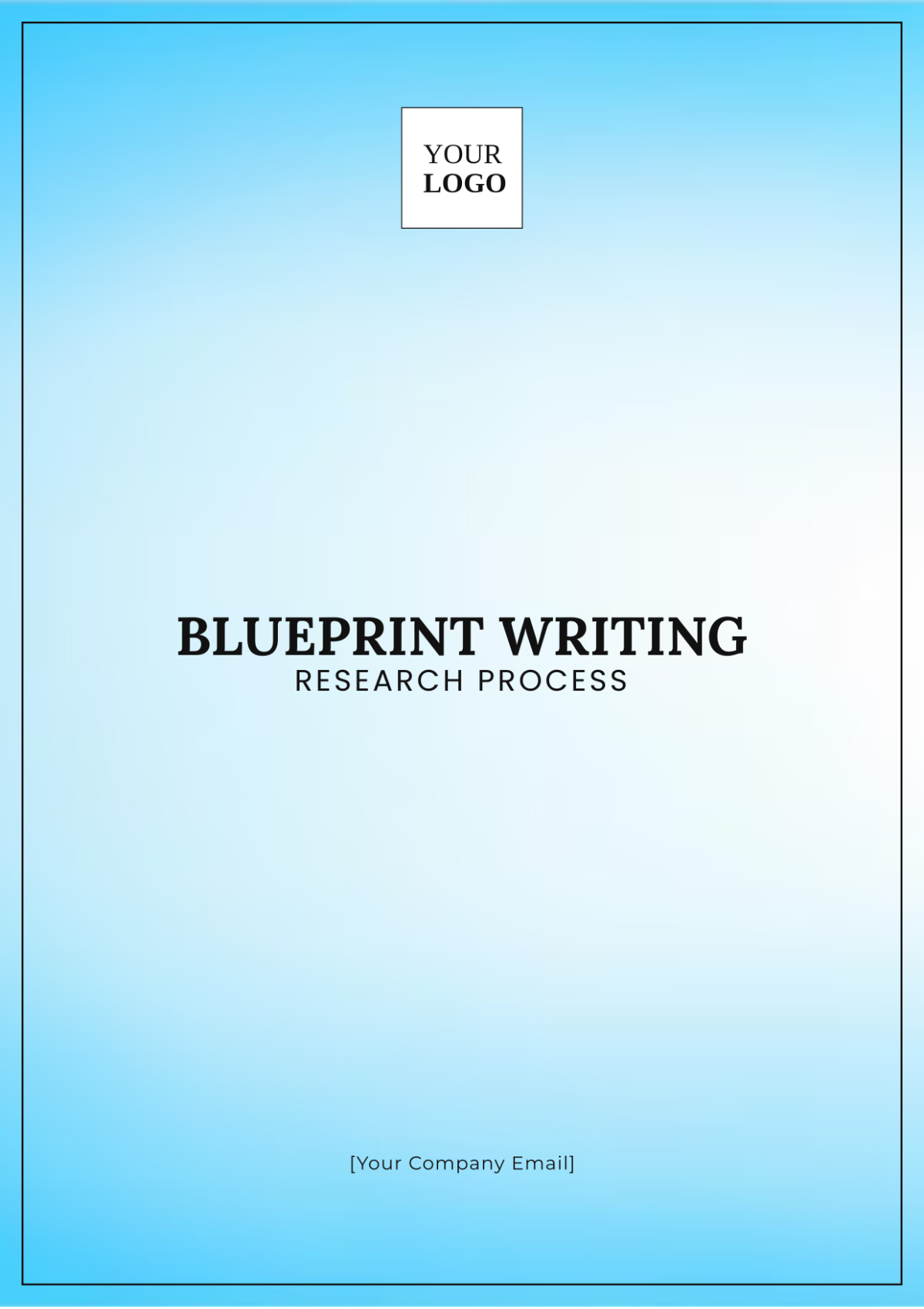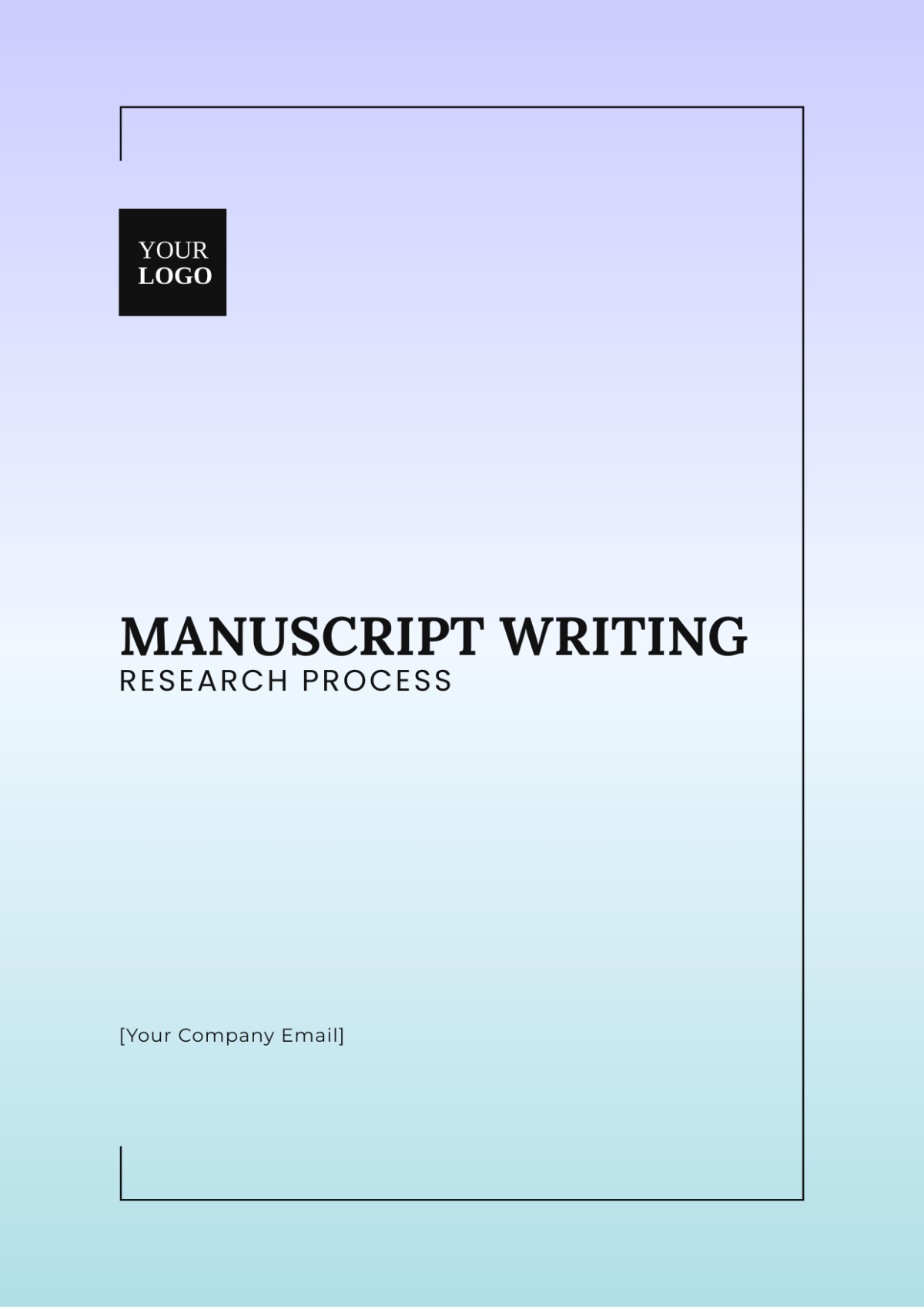Conclusion Validity in the Research Process
Prepared By: [YOUR NAME]
Date: [DATE]
I. Introduction
Study Objectives: The primary goal of this research endeavor is to thoroughly investigate and ascertain the effects that working remotely has on the productivity levels of employees. The study aims to meticulously analyze various factors and variables associated with remote work, ultimately providing a comprehensive understanding of how this mode of employment influences and potentially alters the efficiency, effectiveness, and overall output of individuals in a professional setting..
Significance: Ensuring the validity of the conclusions drawn from research or analysis is critically important for formulating recommendations regarding policies for remote work that can be considered reliable and trustworthy.
II. Research Design
Design Type: This research employs a cross-sectional survey design as its methodological framework to evaluate and analyze the productivity levels exhibited by individuals who engage in remote work.
Variables: The independent variable is remote work status (remote vs. in-office), and the dependent variable is employee productivity, measured by output metrics.
Operational Definitions: The measurement of an employee's productivity is achieved by tallying the number of individual tasks that the employee completes over an entire week.
III. Sampling and Data Collection
Sampling Method: Ensured diverse representation by using stratified random sampling, categorizing employees by department, and randomly selecting individuals from each group.
Sample Size: To ensure a 95% confidence level while maintaining a 5% margin of error, a sample size consisting of 200 employees was selected.
Data Collection Procedures: Data were collected via an online survey distributed to all employees, with follow-up reminders to ensure participation.
IV. Data Analysis
Statistical Techniques: Descriptive statistics were used to summarize data, and multiple regression analysis was employed to examine the relationship between remote work and productivity.
Testing Assumptions: The assumptions of normality and homoscedasticity were thoroughly evaluated using Q-Q plots and residuals analysis, confirming the necessary conditions for accurate statistical inference.
Control for Confounding Variables: Potential confounding factors, such as the participants' job roles and years of experience, were considered and controlled by including them as covariates in the regression model employed for the analysis.
V. Result
Findings: The analysis demonstrated that remote workers exhibited a 15% increase in productivity compared to their in-office counterparts. This finding suggests a significant difference in productivity levels based on work location.
Effect Sizes: The effect size of 0.5 was calculated, reflecting a moderate and meaningful impact of remote work on productivity. This effect size indicates that the productivity gains associated with remote work are substantial enough to be considered practically significant.
Interpretation: The results robustly support the hypothesis that remote work enhances employee productivity. The observed 15% increase in productivity aligns with the hypothesis and underscores the potential benefits of remote work arrangements. This finding suggests that organizations may see tangible productivity improvements by adopting remote work policies.
VI. Discussion
Validity of Conclusions: The study reveals increased productivity in remote workers, supported by consistent data across departments and robust statistical methods, confirming the reliability and validity of the findings.
Alternative Explanations: The main reason for increased productivity among remote workers appears to be the work location, but job type might also play a role. This study included job type in its analysis to reduce its confounding effects, yet future research should investigate this variable further for a more thorough understanding.
Consistency with Previous Research: This study aligns with existing research, confirming that remote work boosts productivity, reinforcing its recommendation to enhance employee performance.
VII. Recommendations and Conclusion
A. Recommendation
Future Research: Future studies should explore the long-term impacts of remote work on productivity and include a diverse range of industries. This will help determine if productivity gains are consistent across various sectors and over extended periods.
Practical Implications: Organizations should consider adopting remote work policies to boost productivity but must implement them carefully. Monitoring for potential biases and regularly evaluating the impact of these policies will ensure optimal productivity and address any emerging issues.
B.Conclusion
Summary of Findings: The study shows that remote work significantly enhances employee productivity, with a moderate effect size of 0.5. This suggests that remote work can lead to notable improvements in performance.
Validity Statement: The conclusions are supported by thorough data analysis and controls, confirming the reliability of the observed productivity benefits from remote work.


